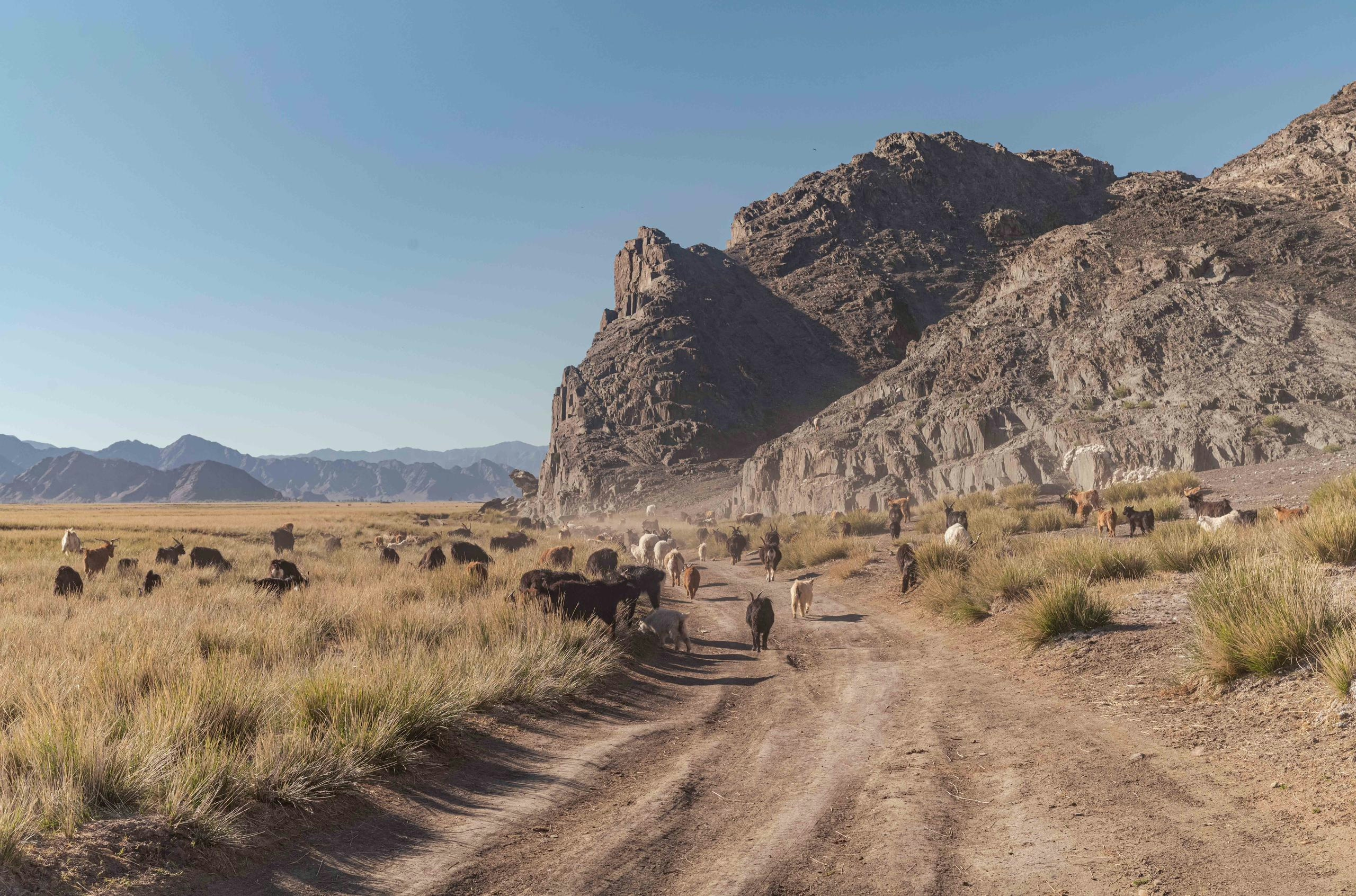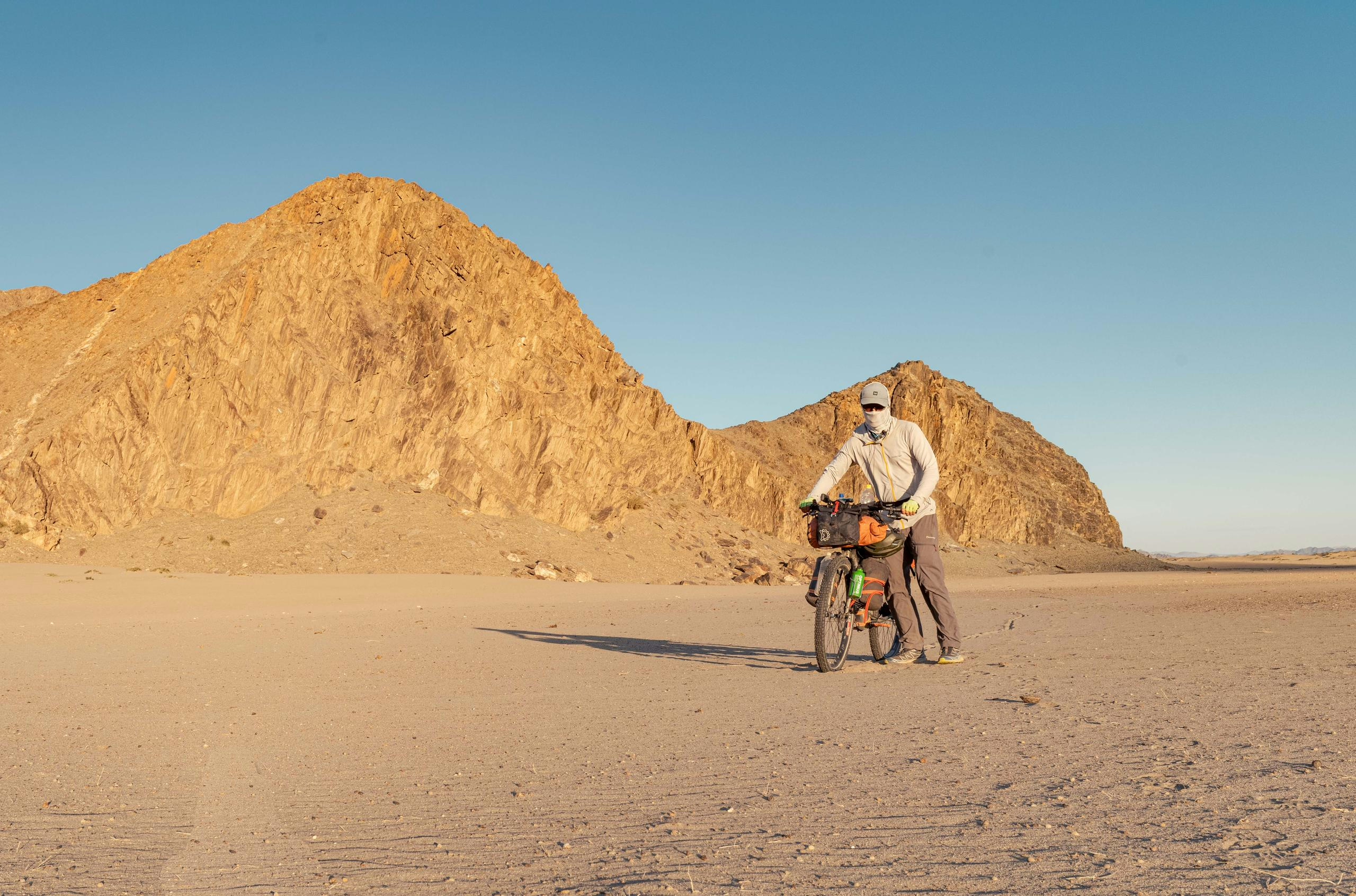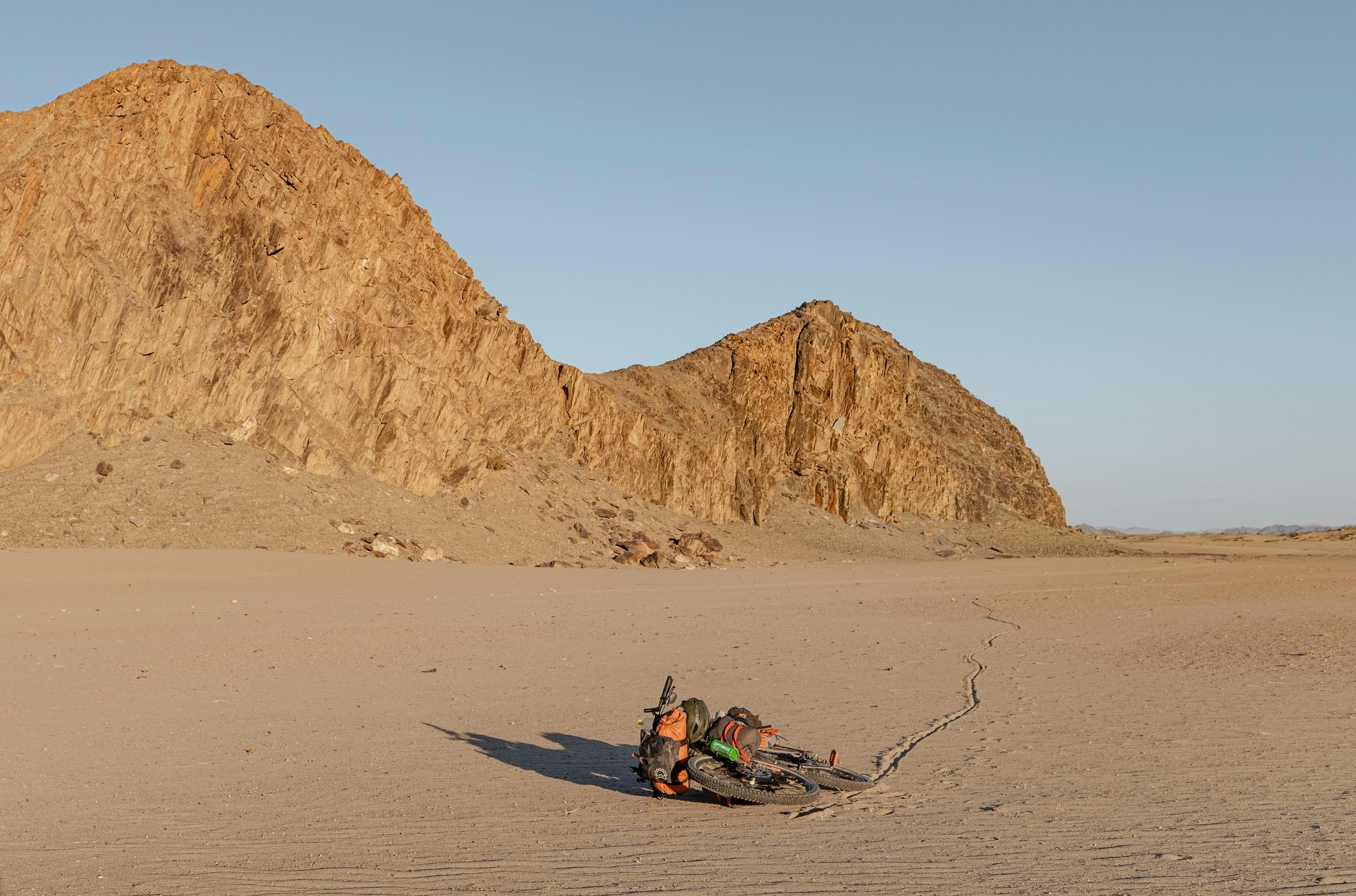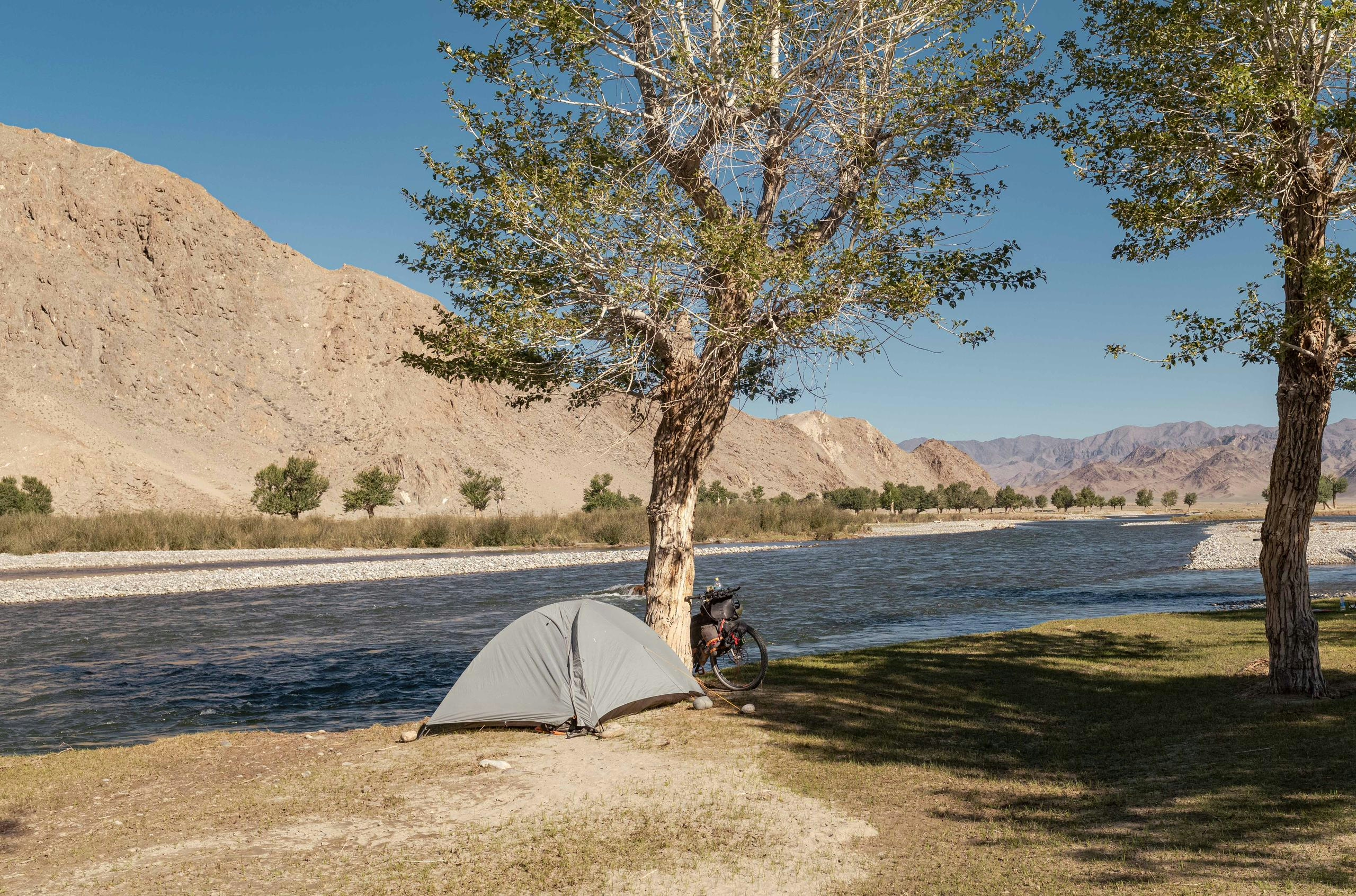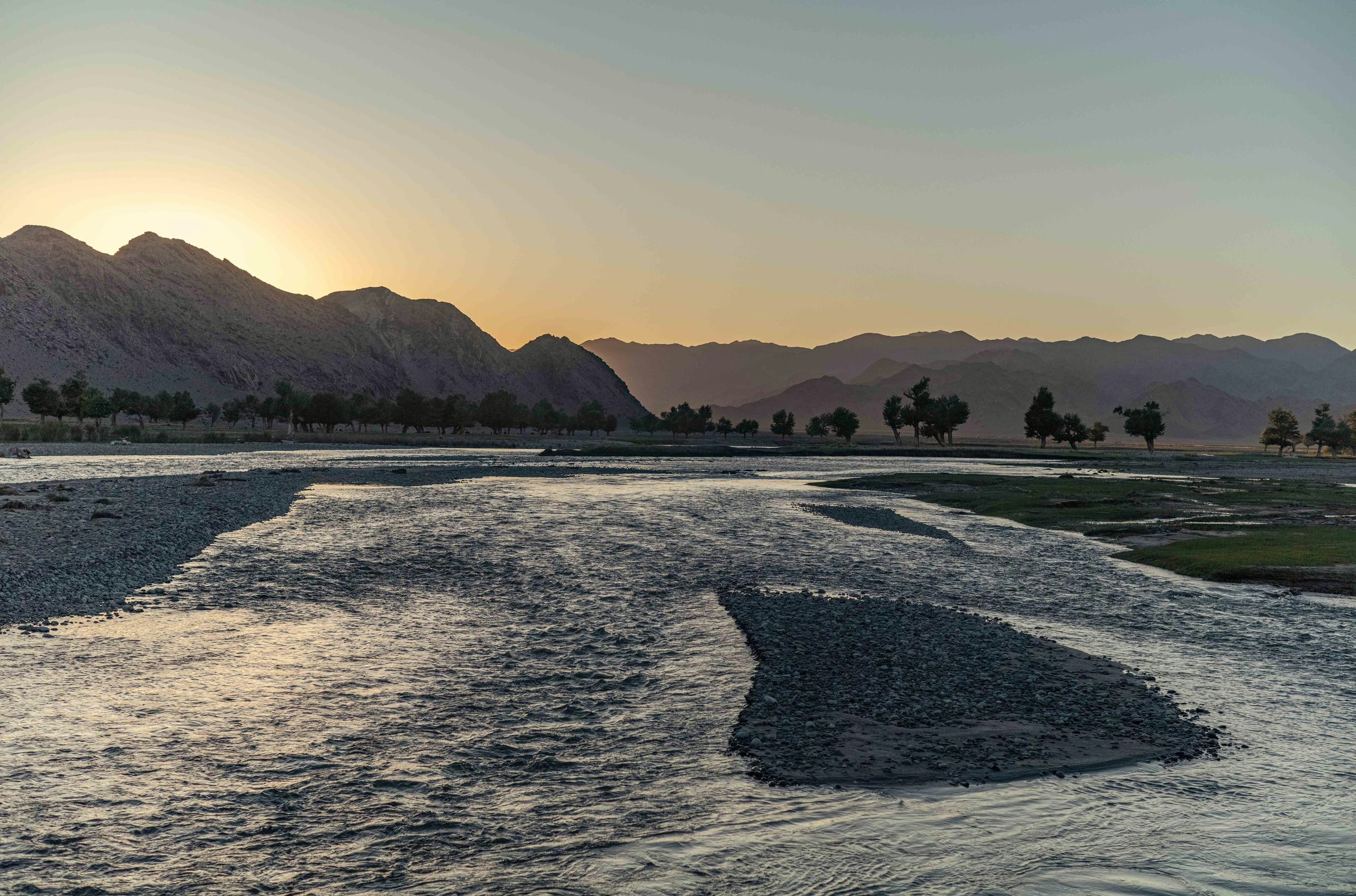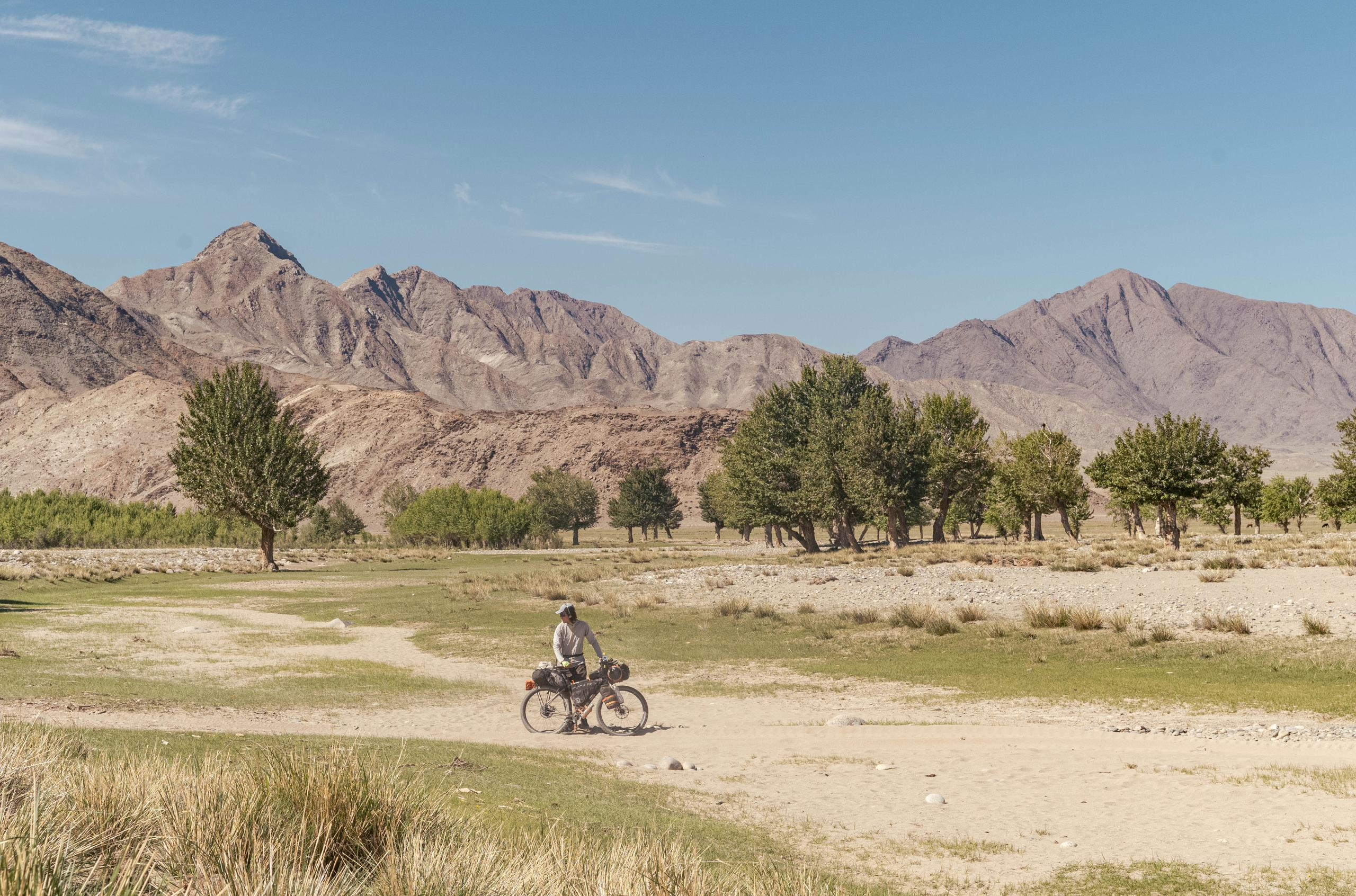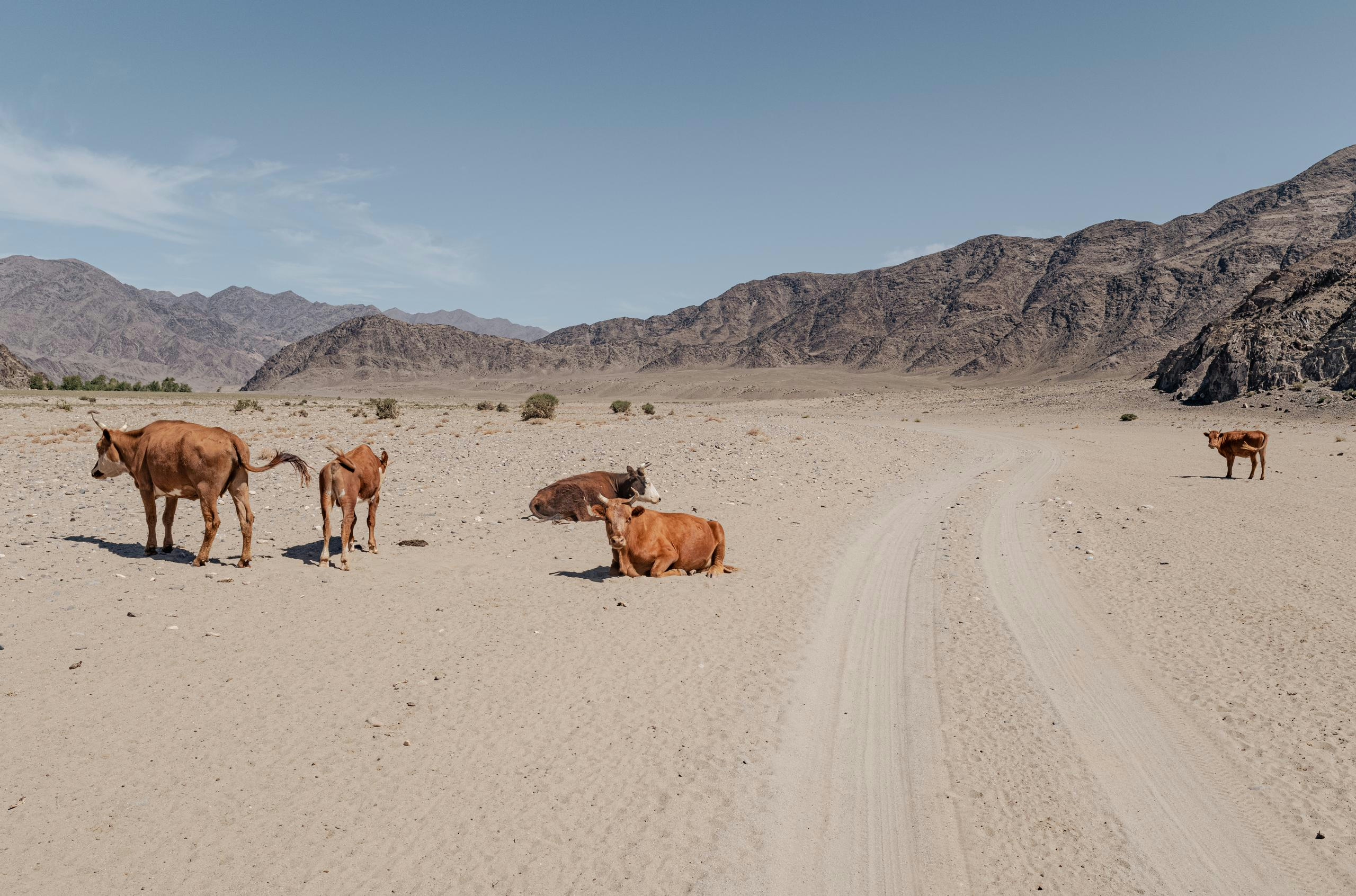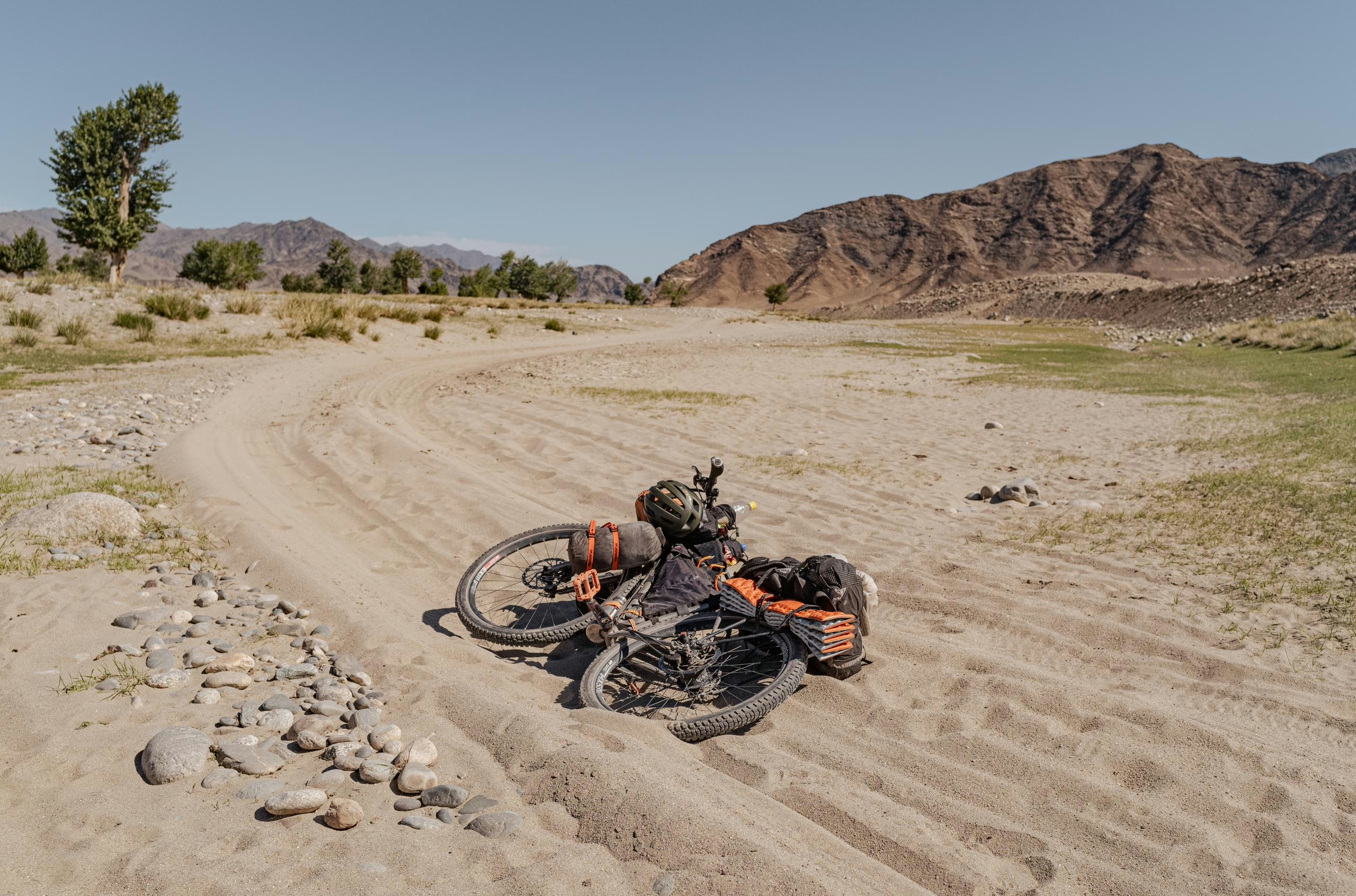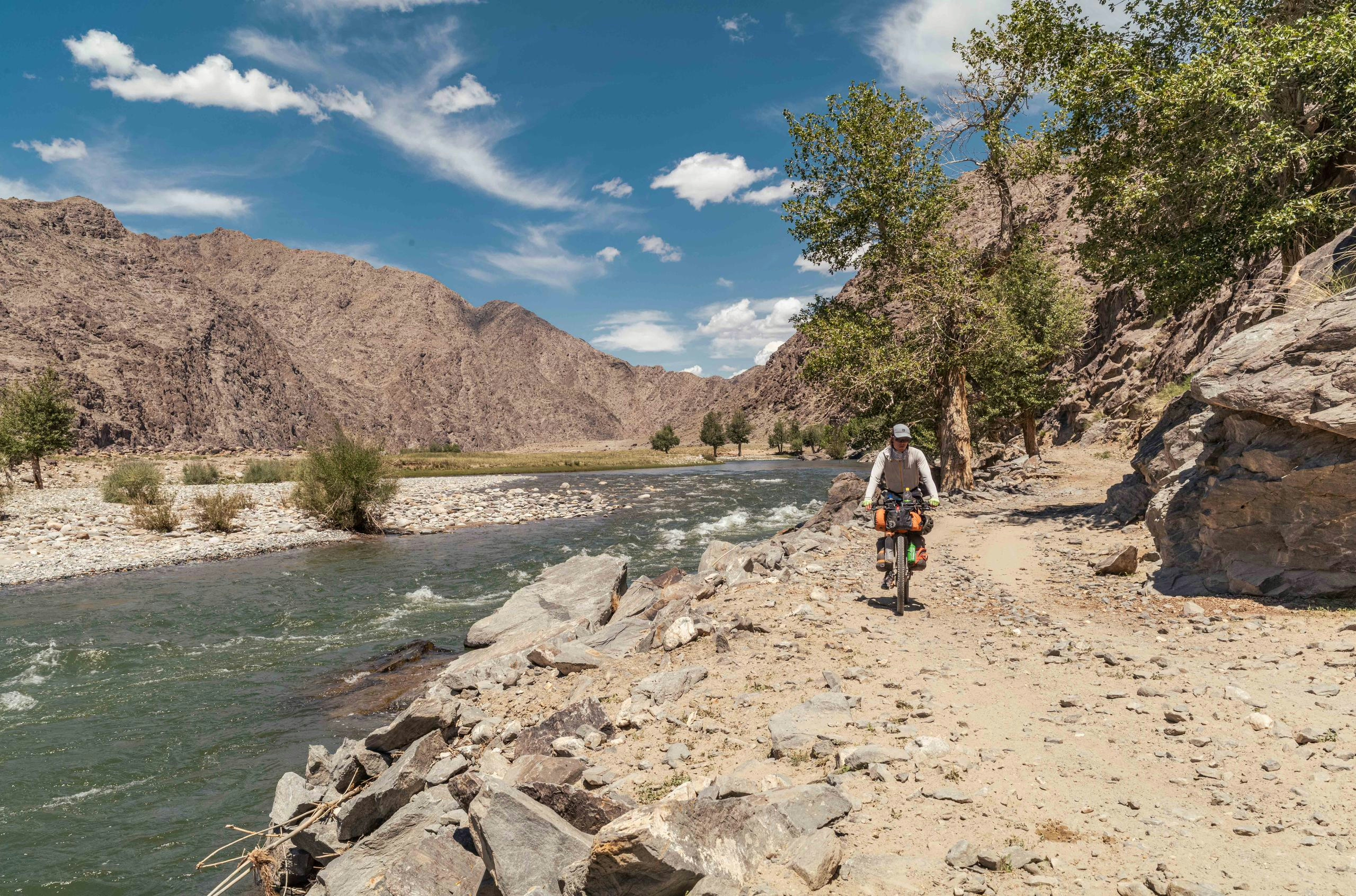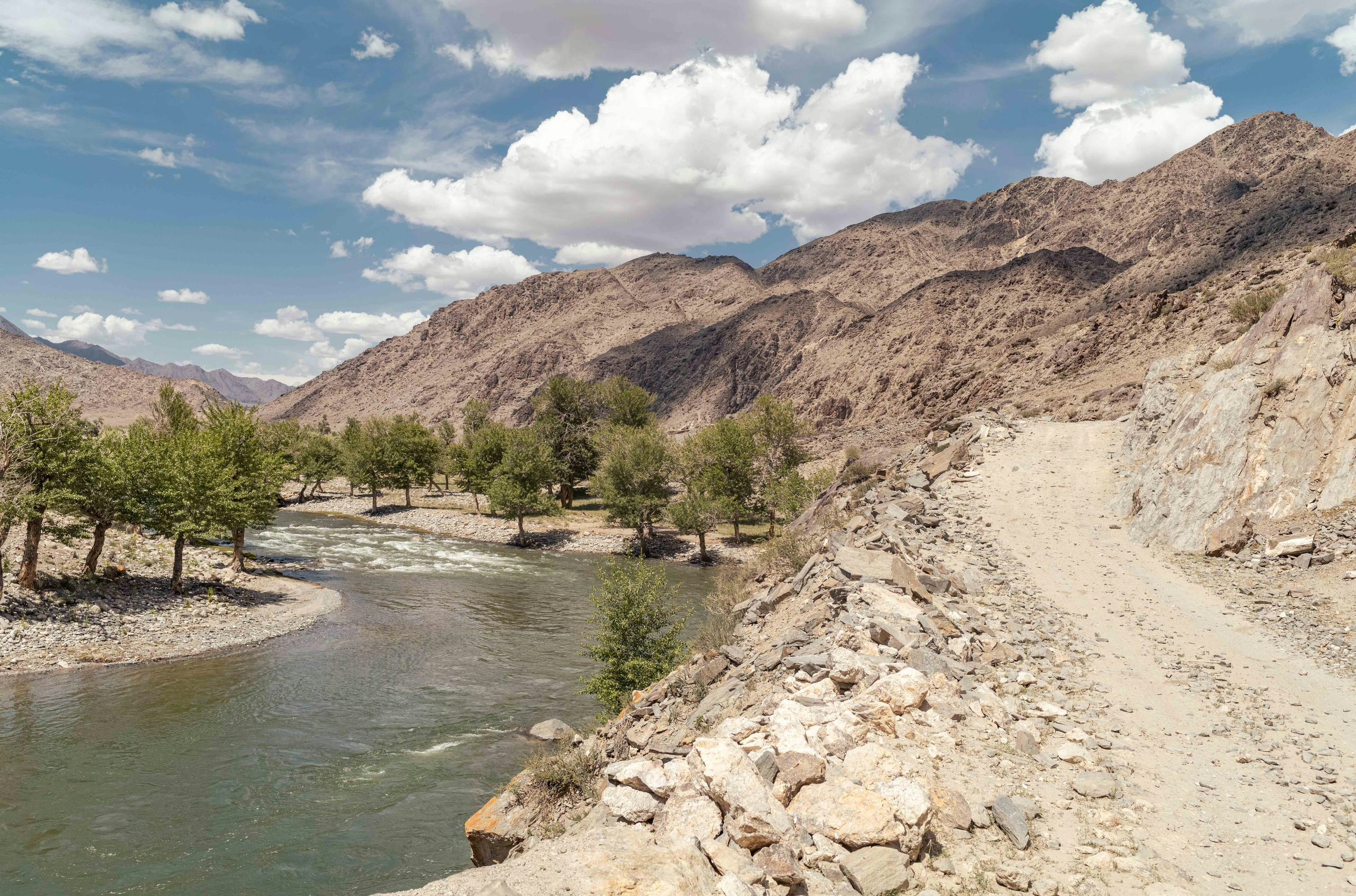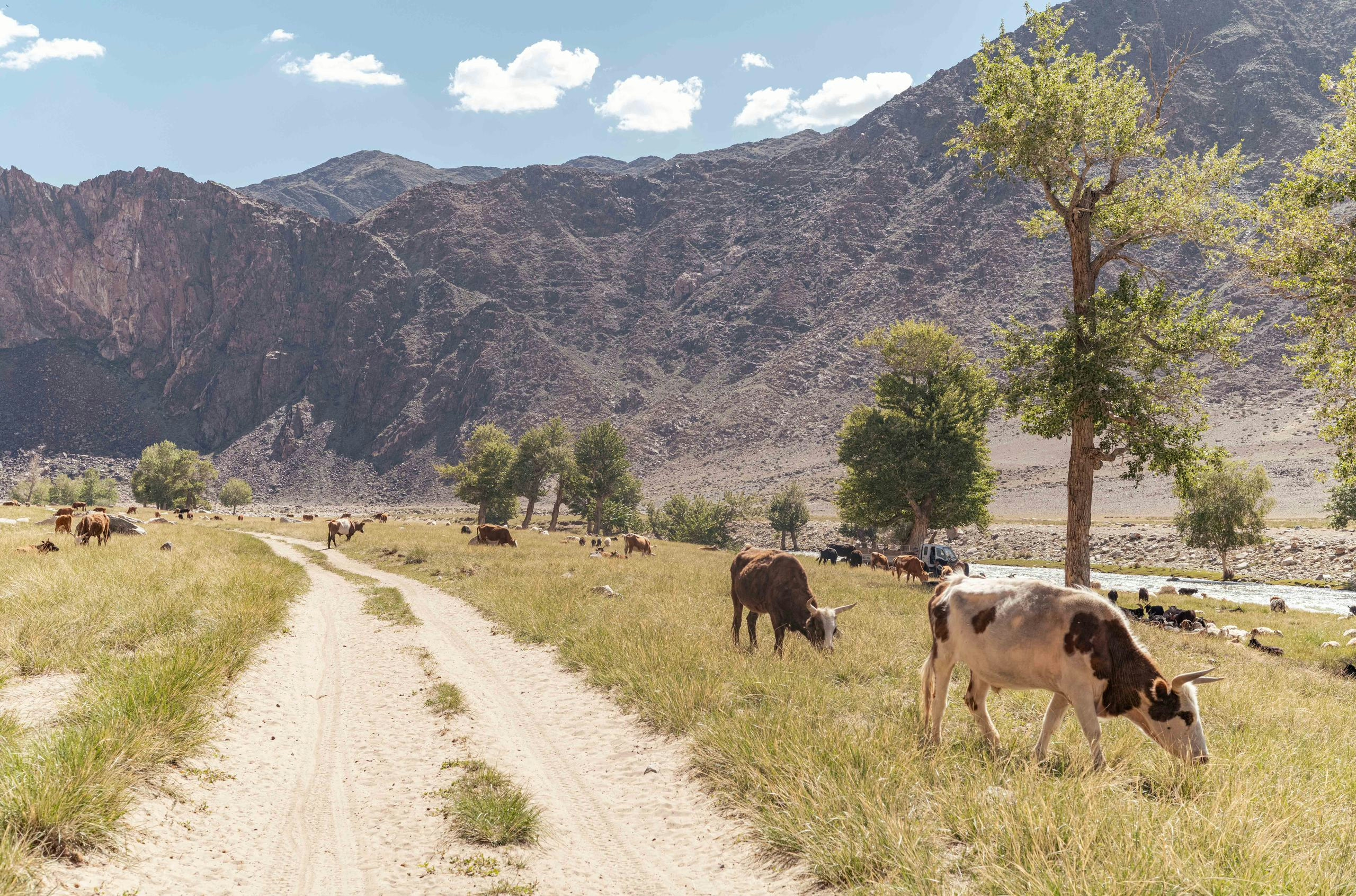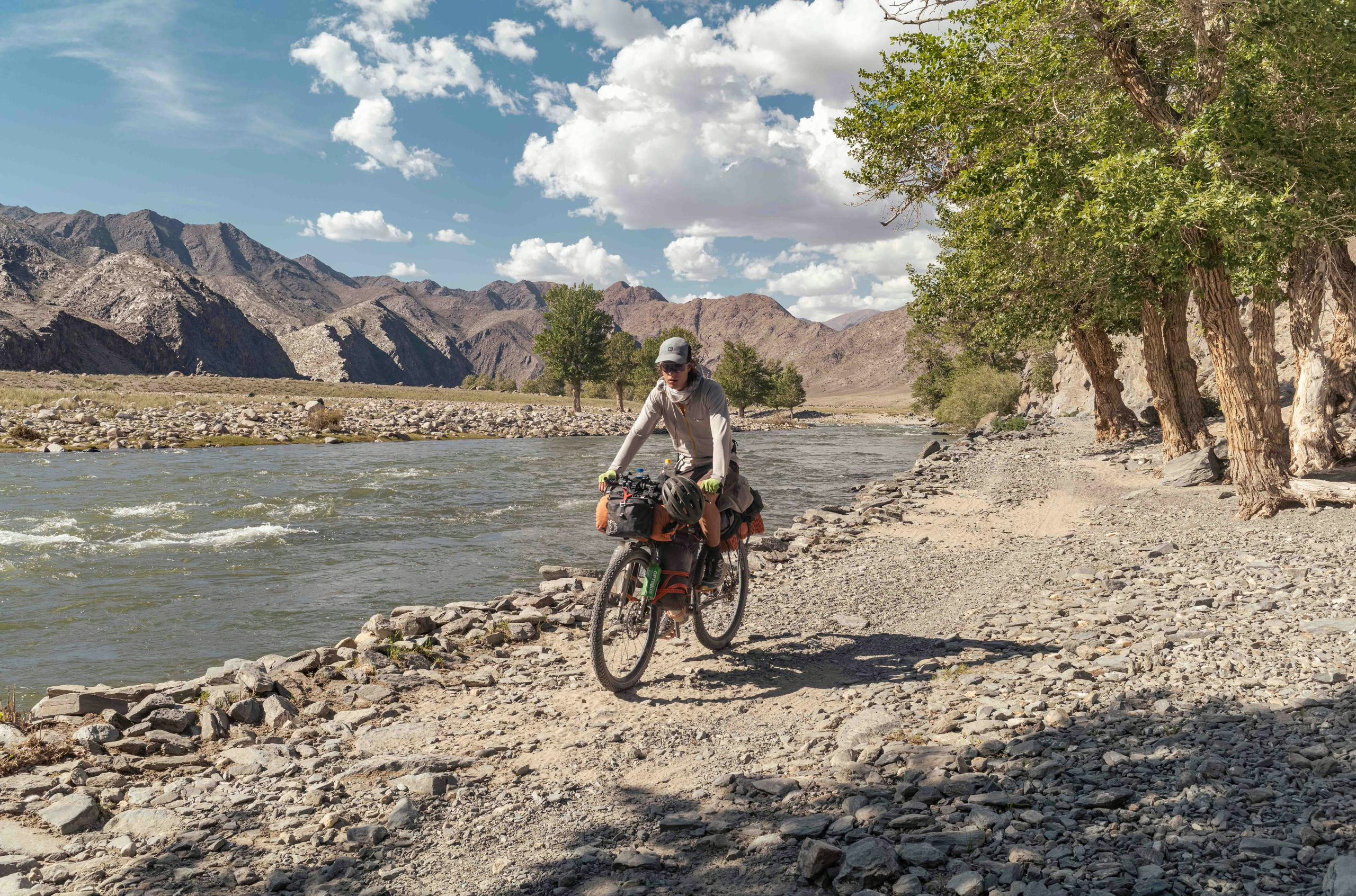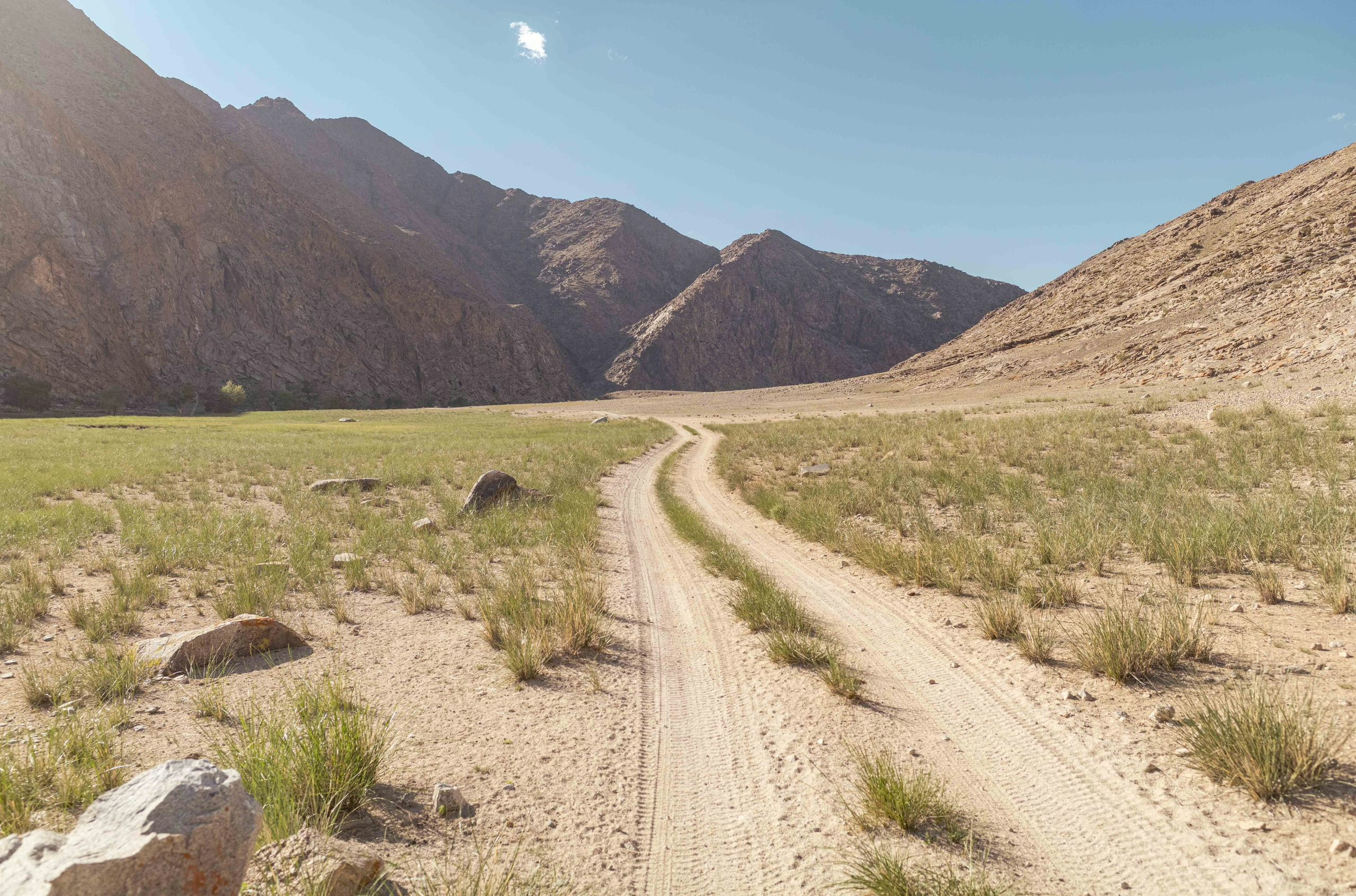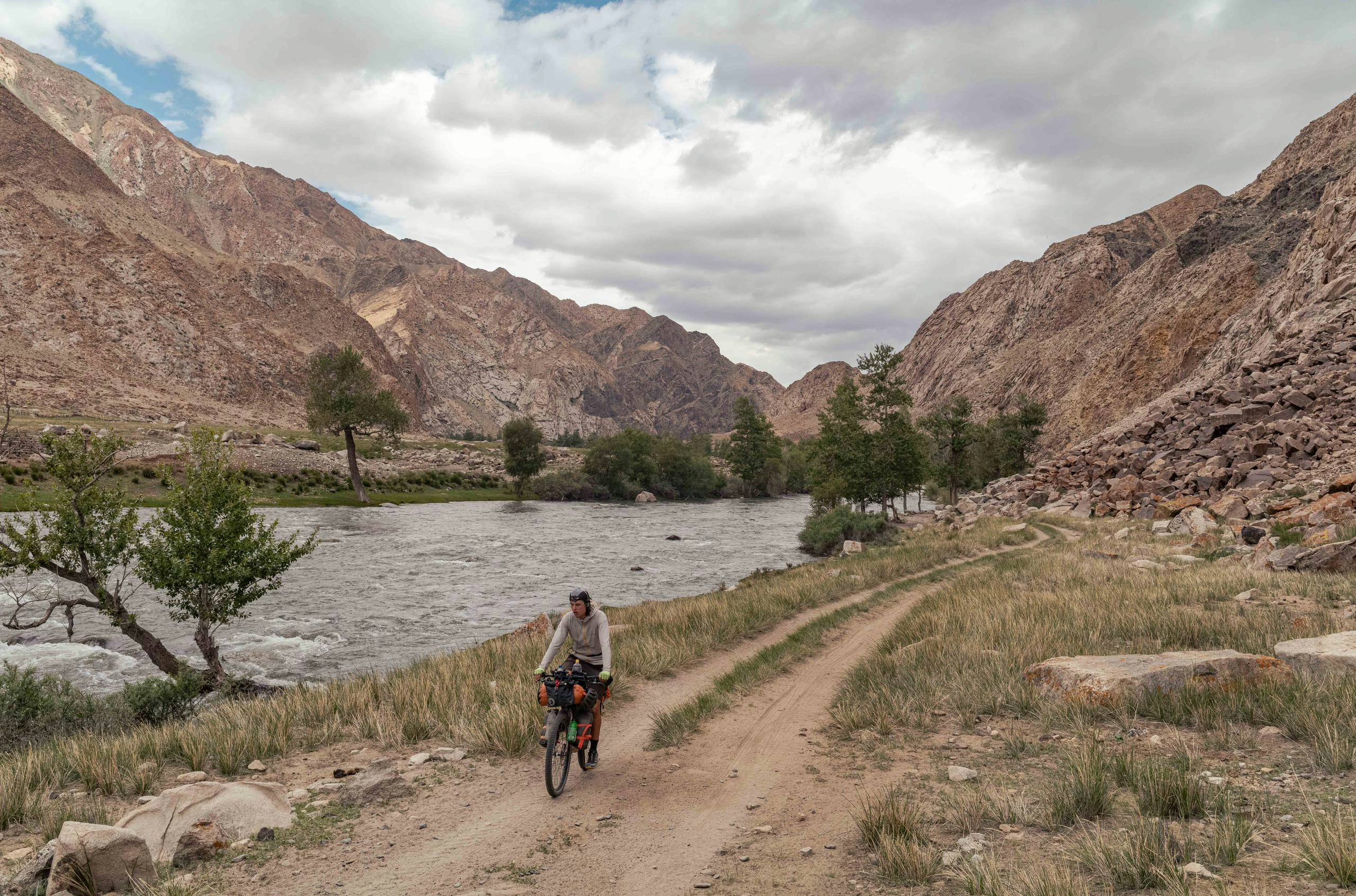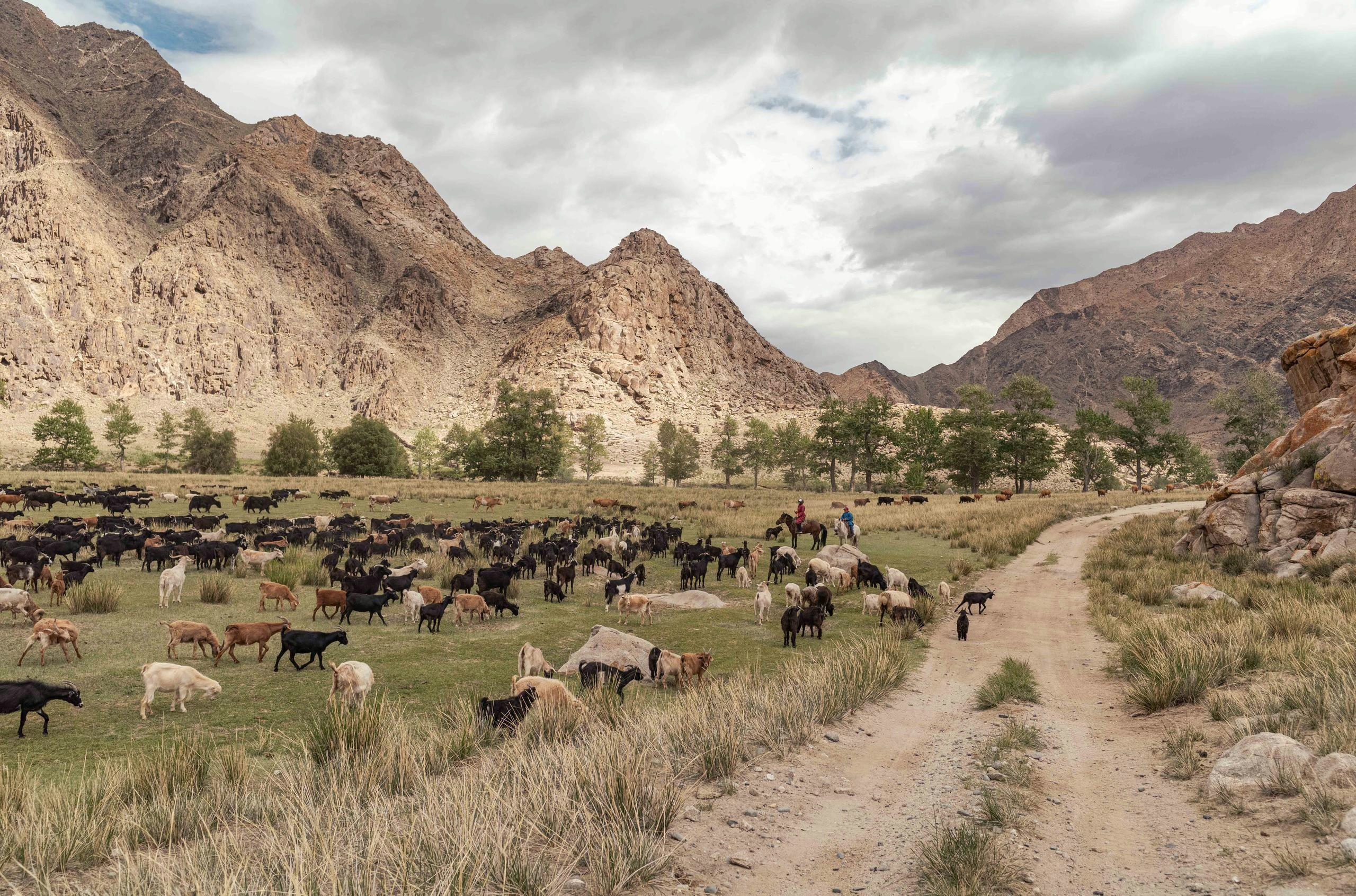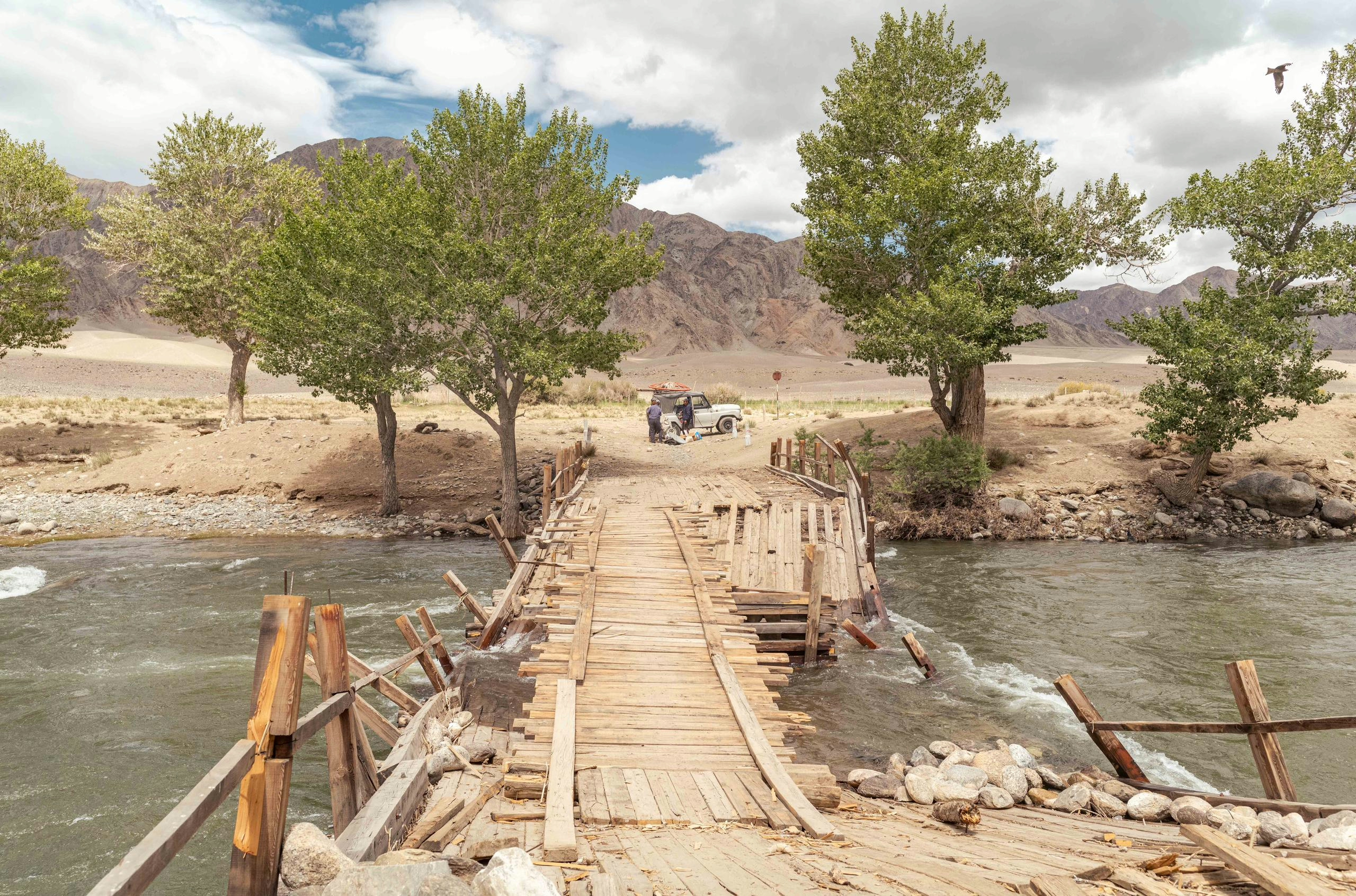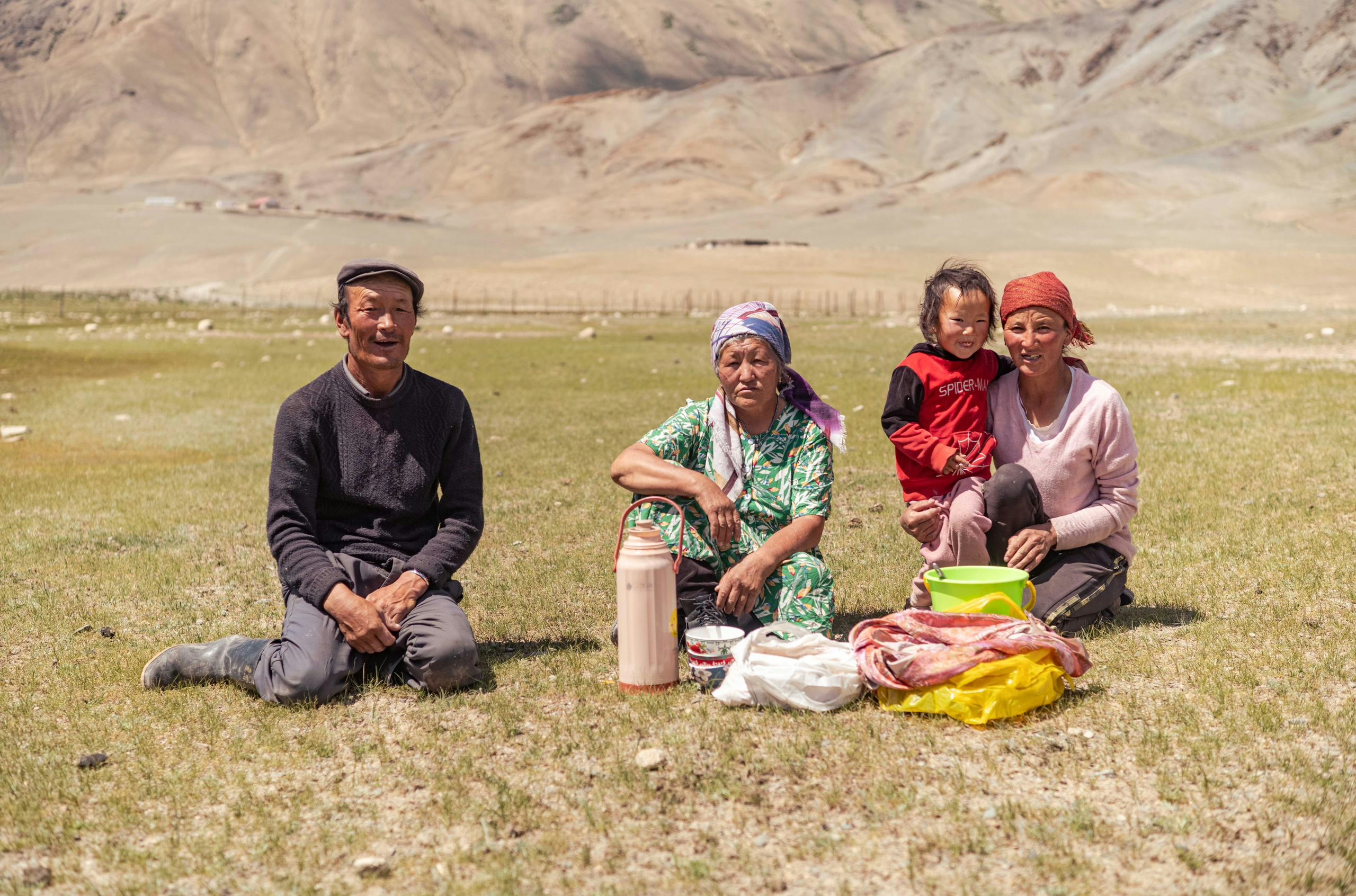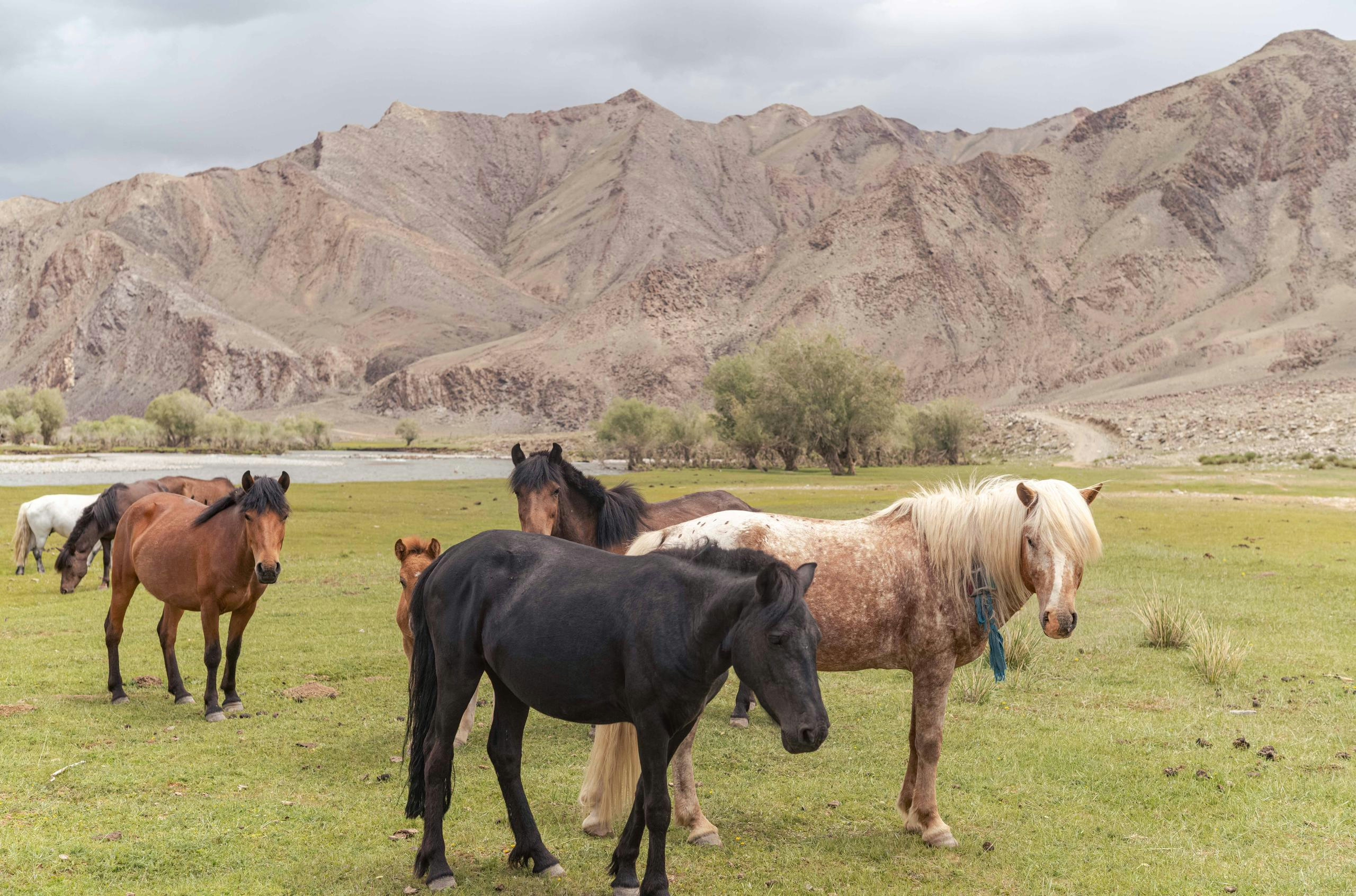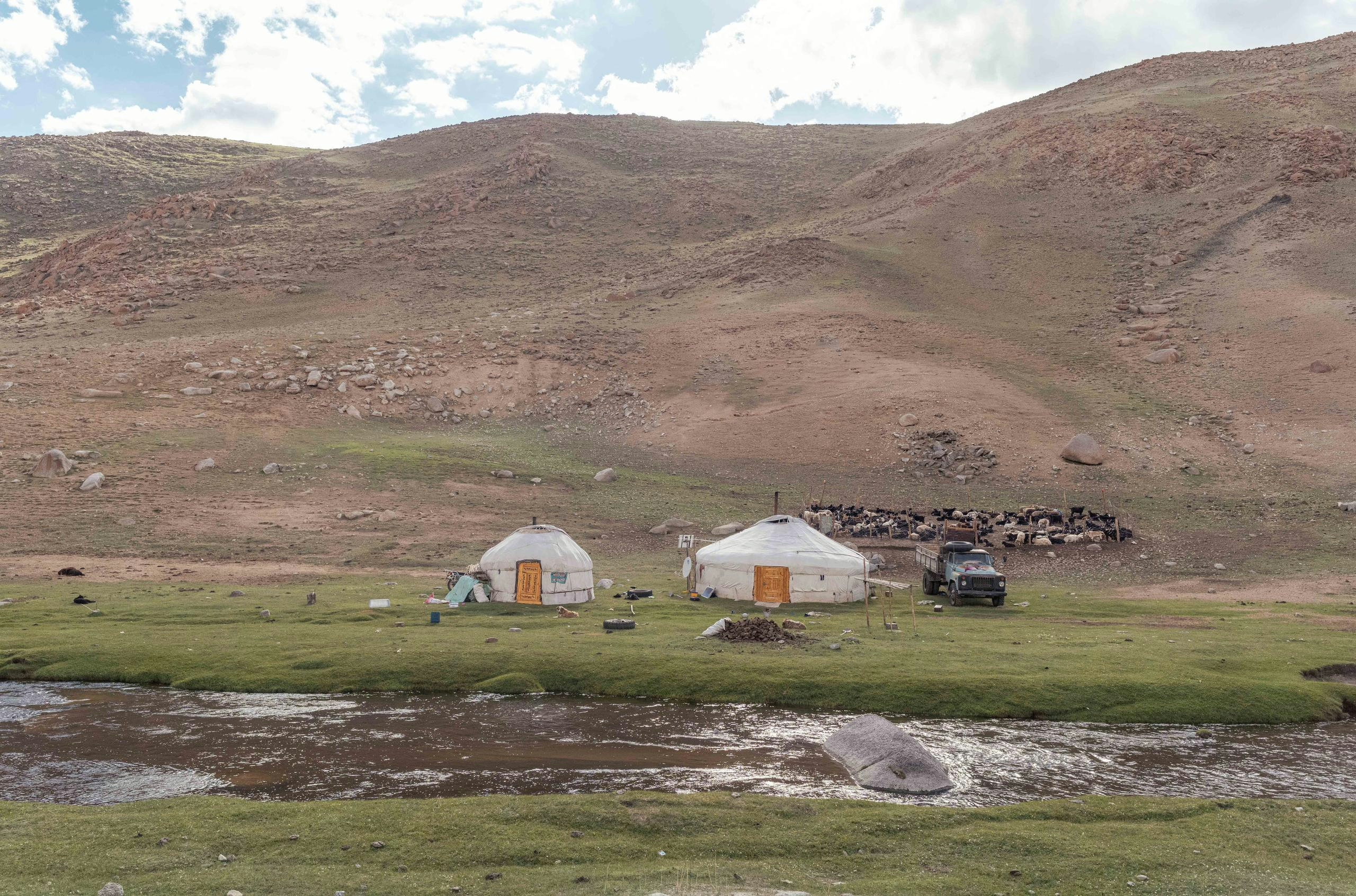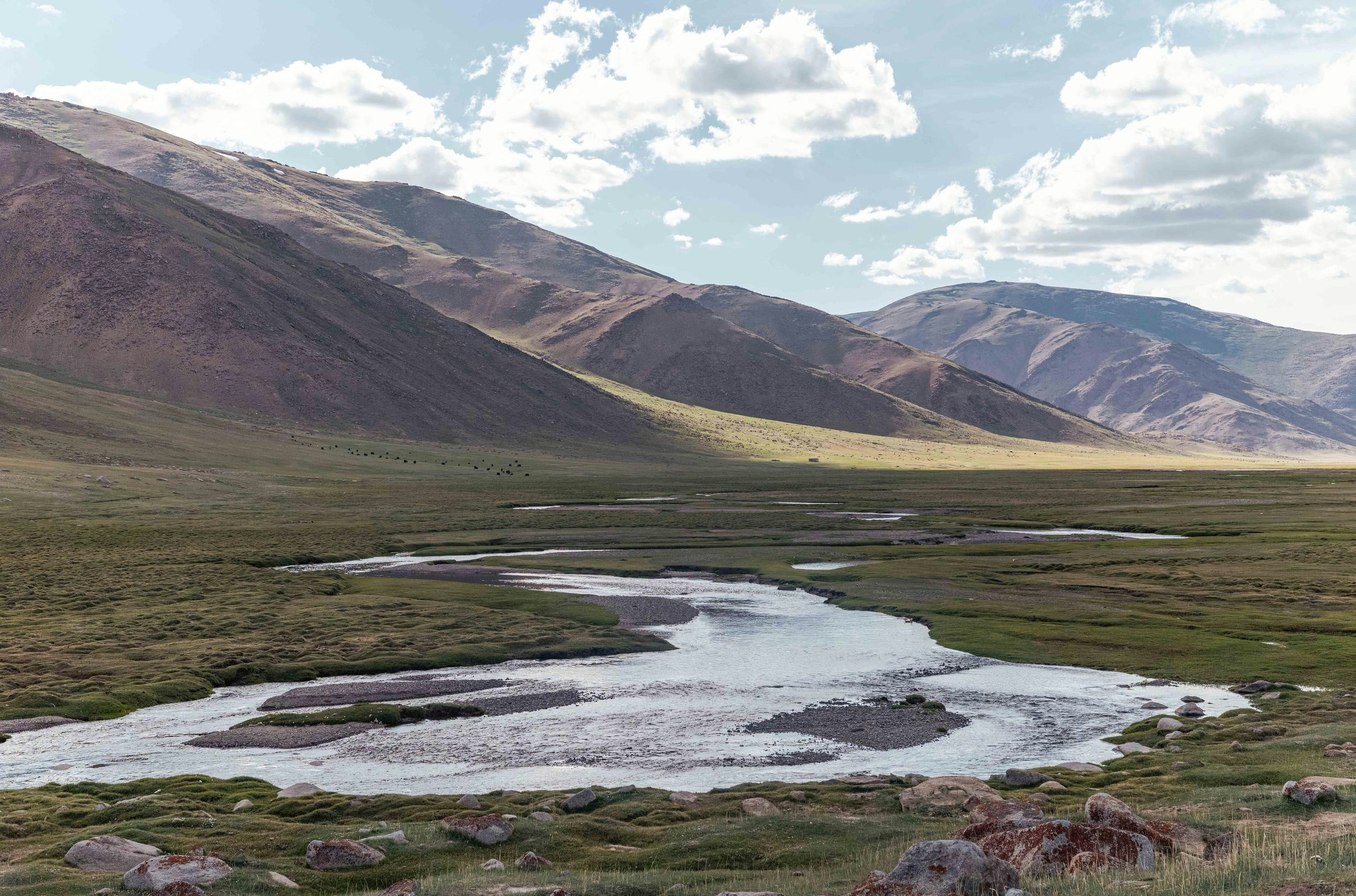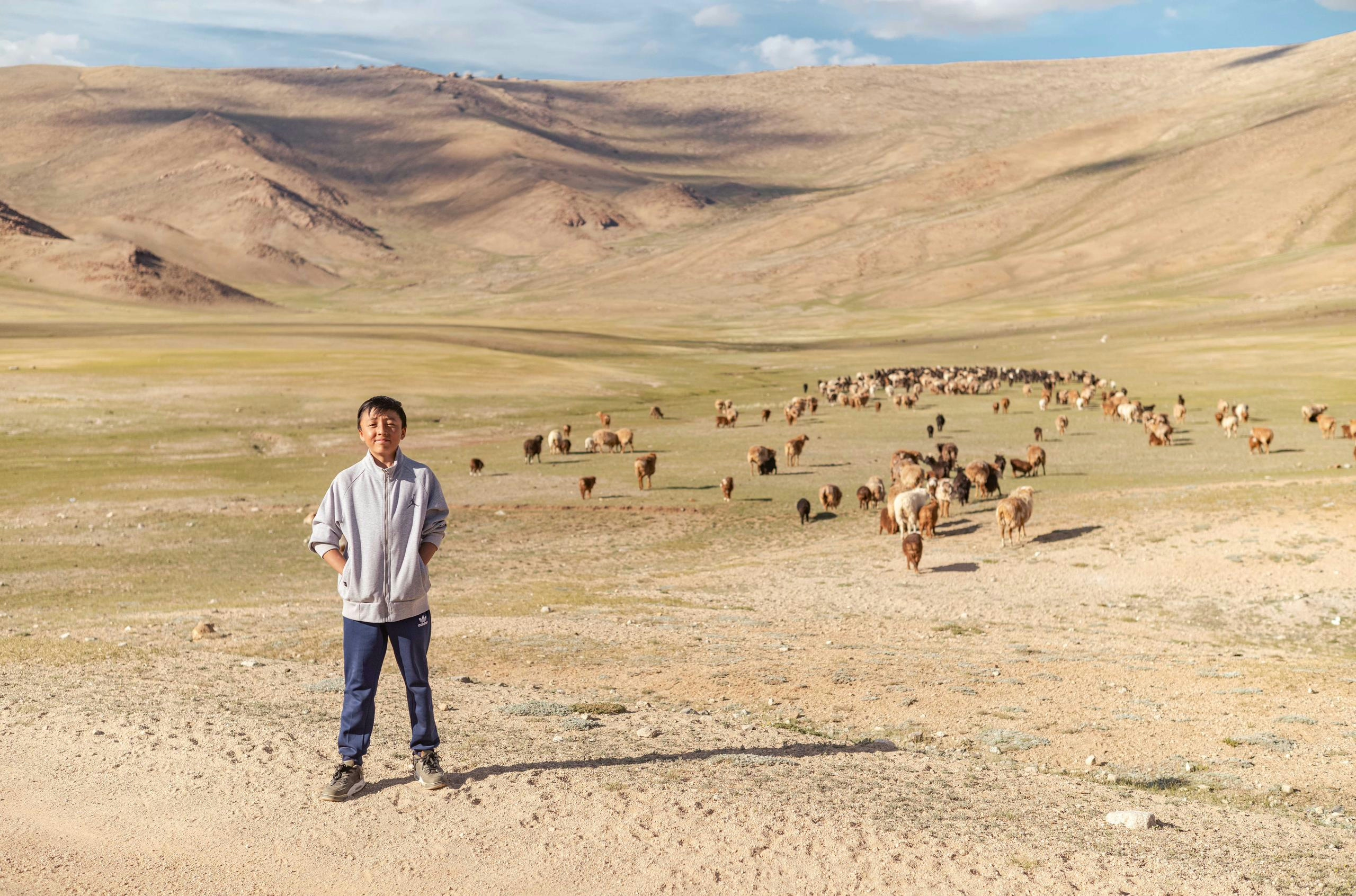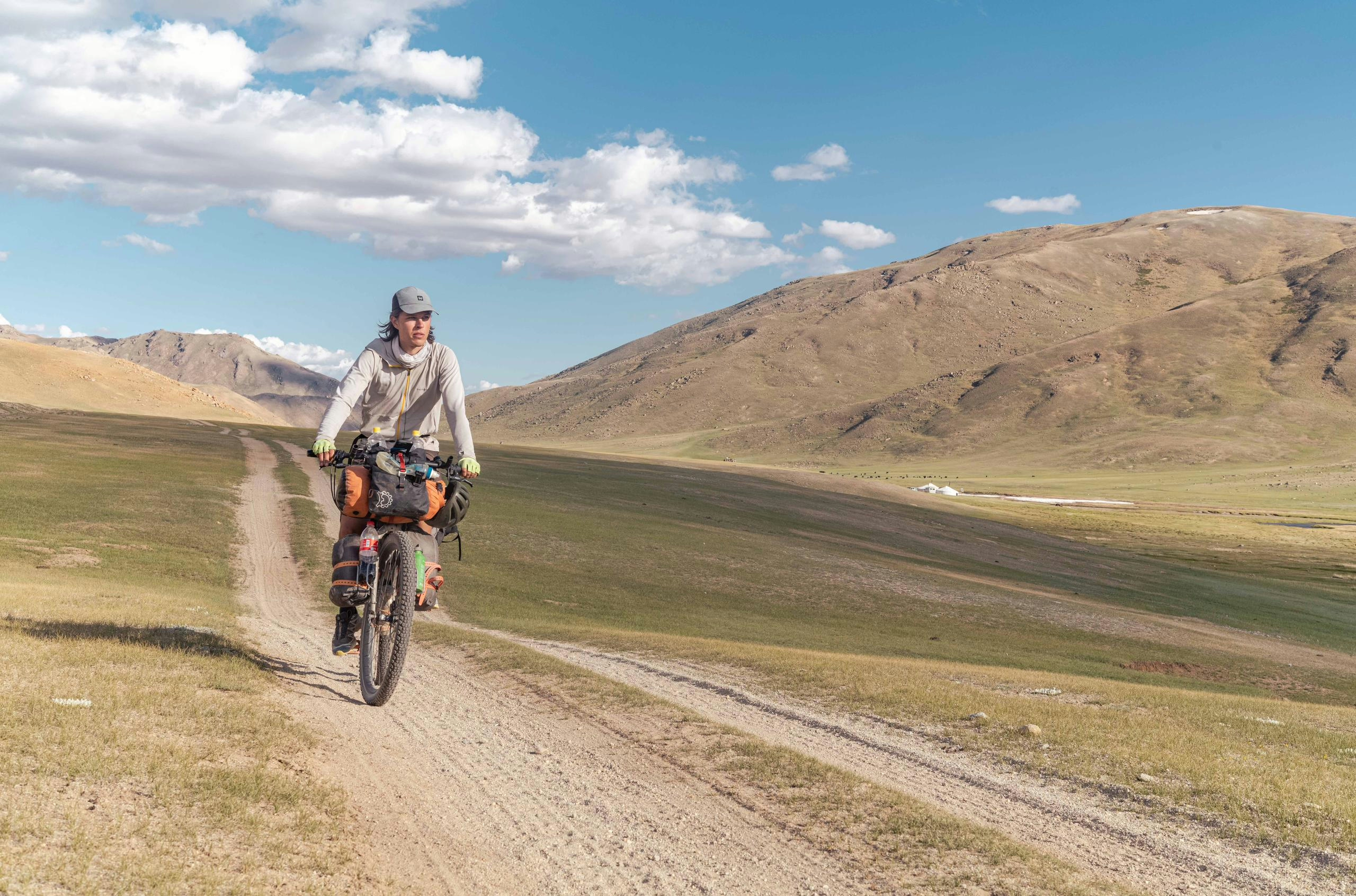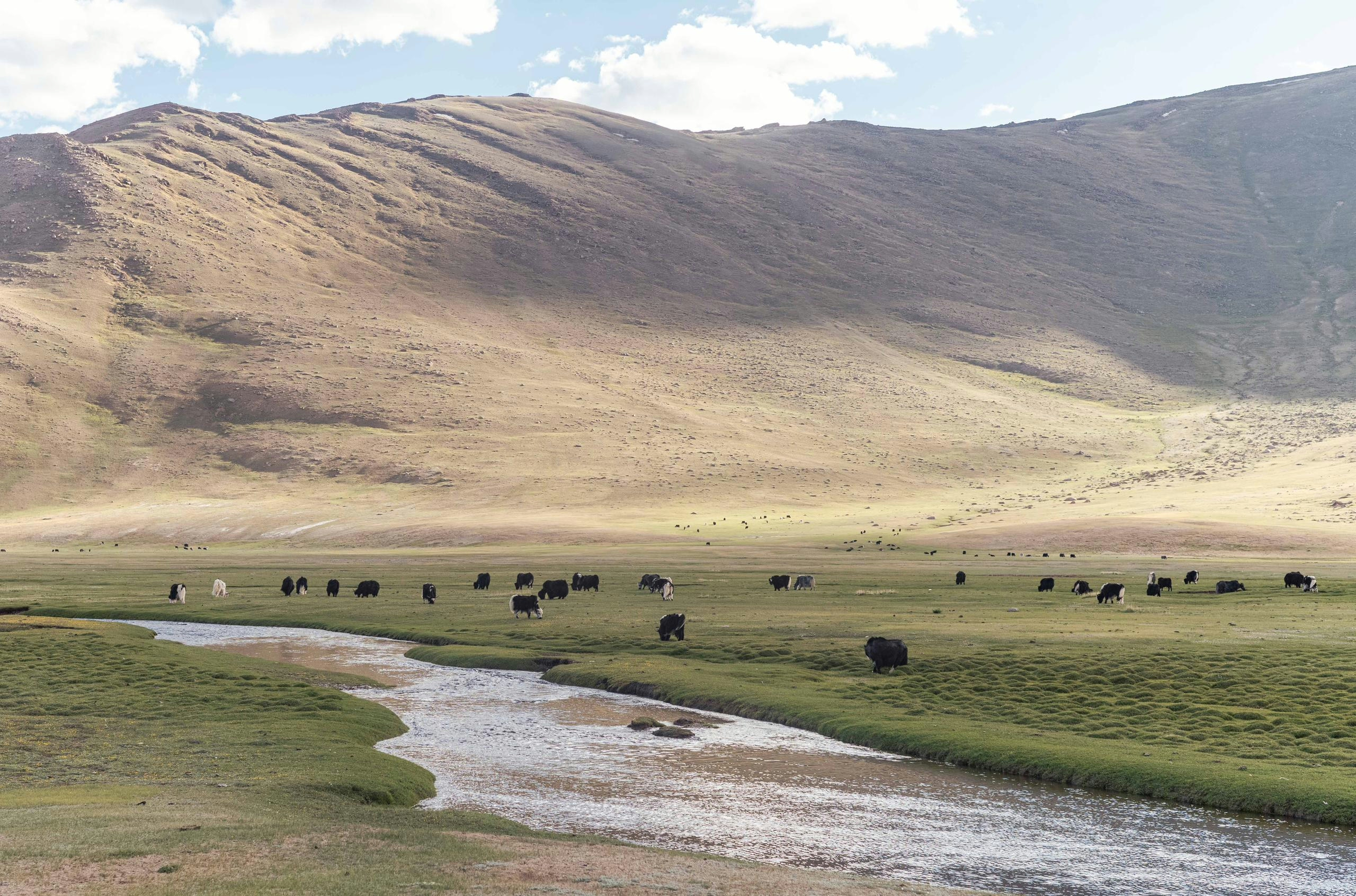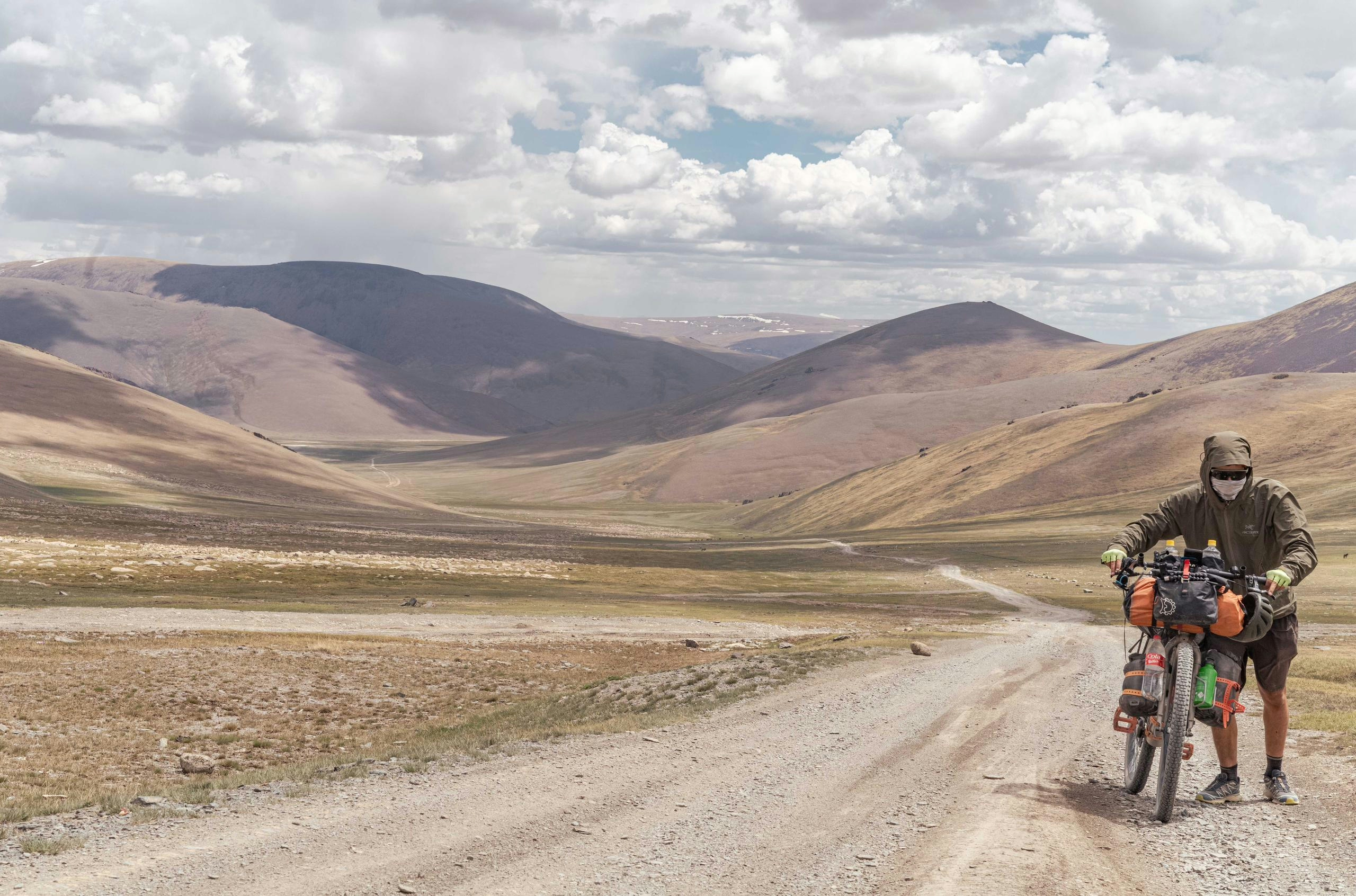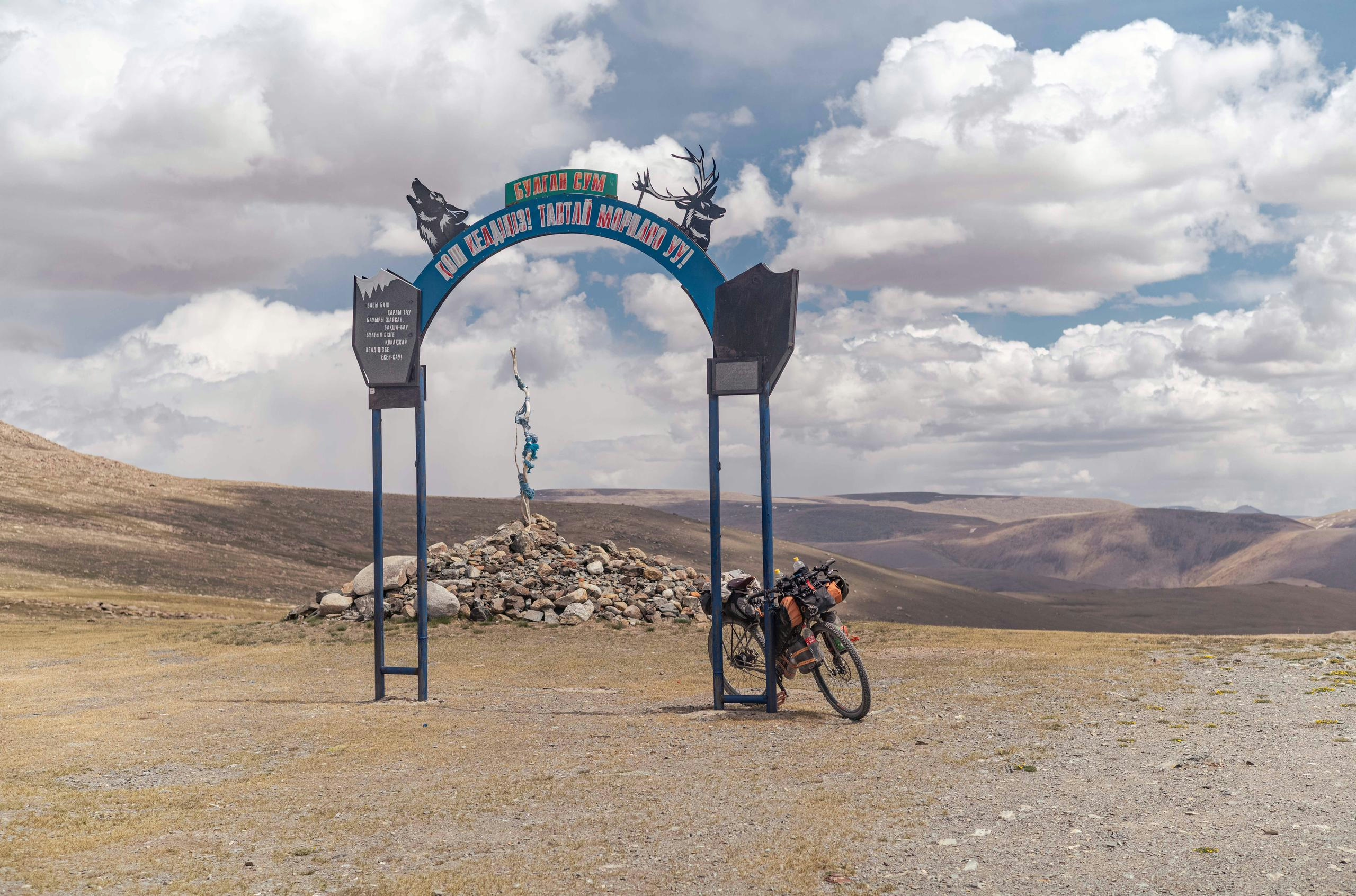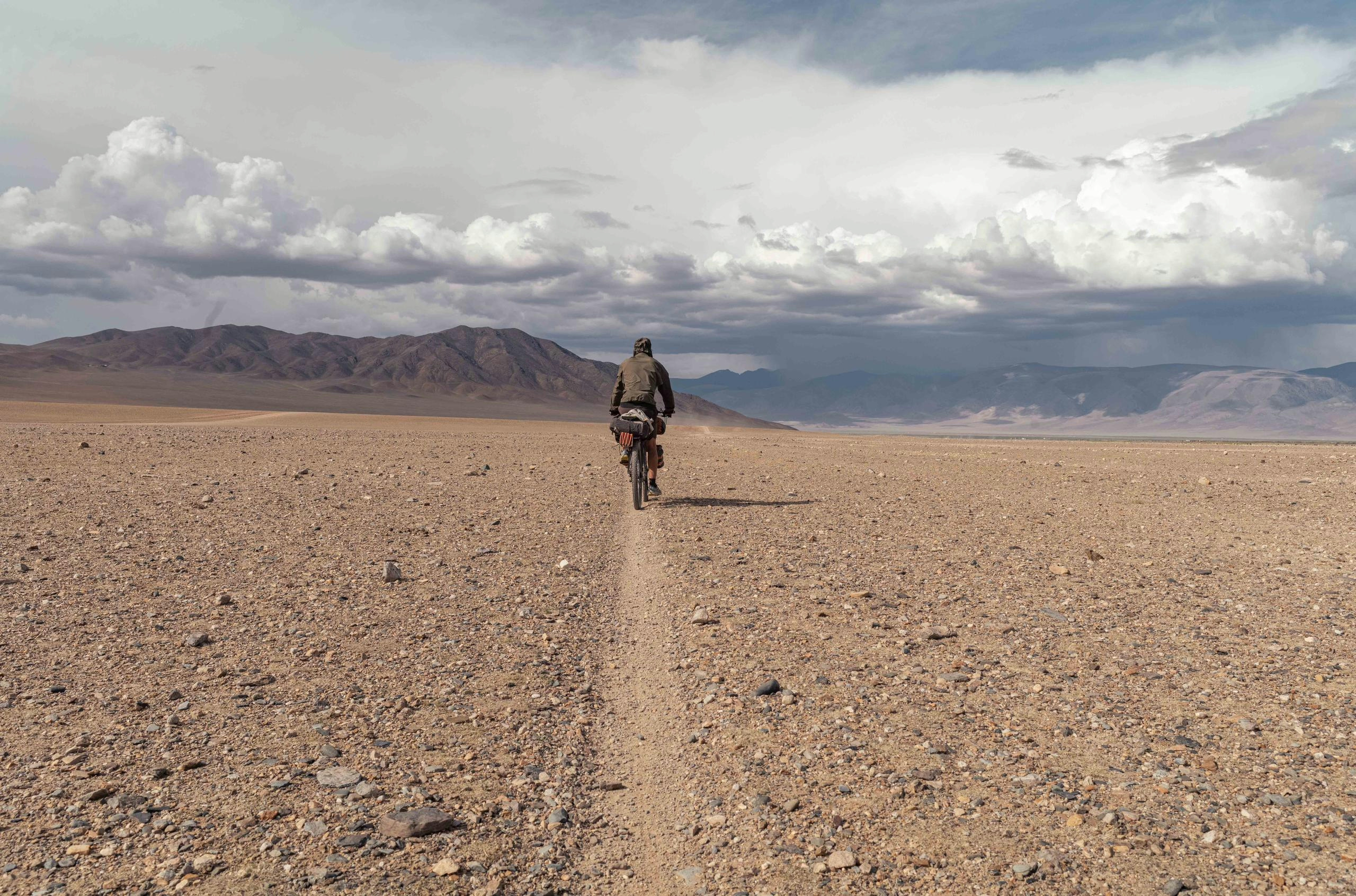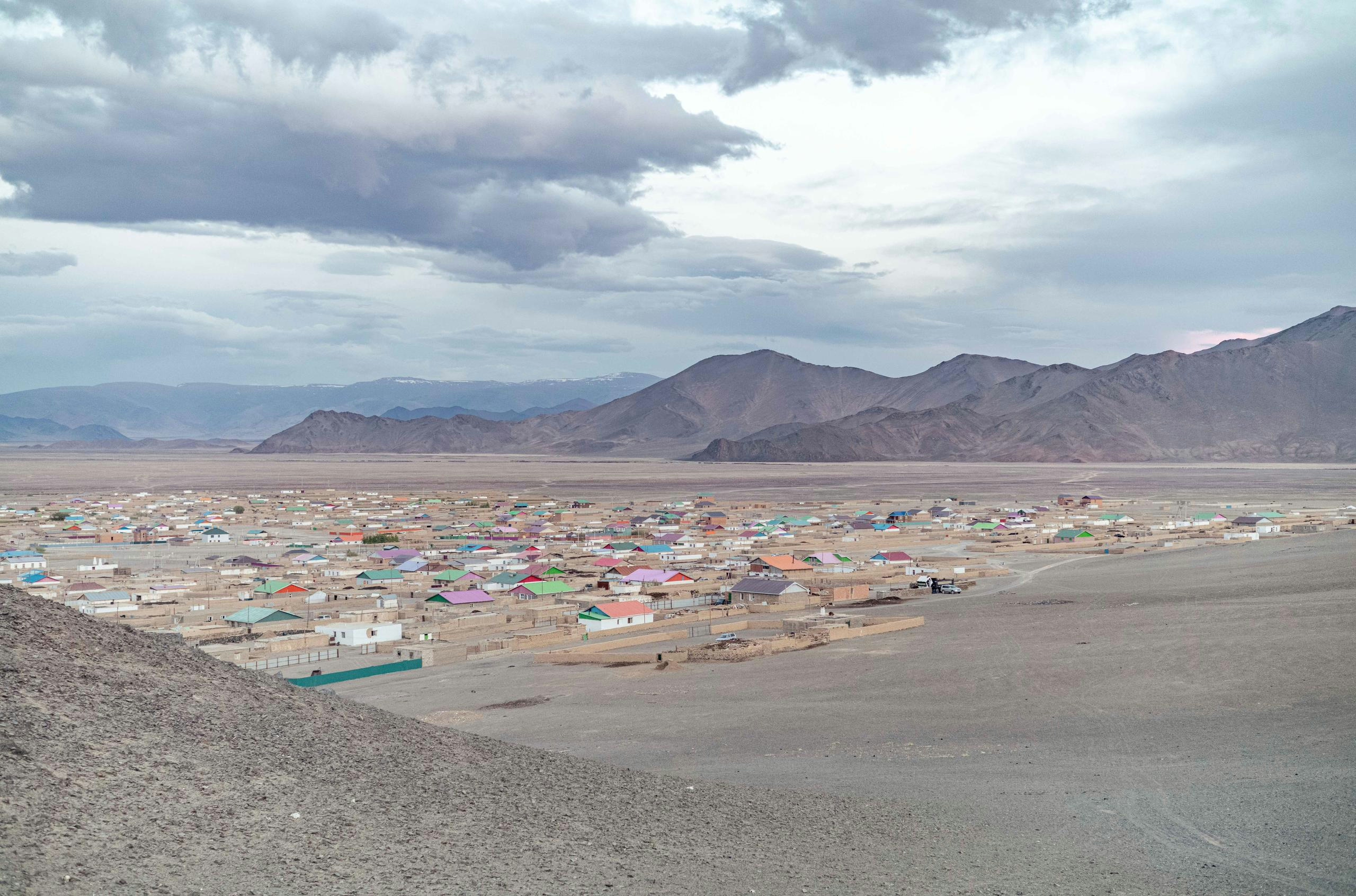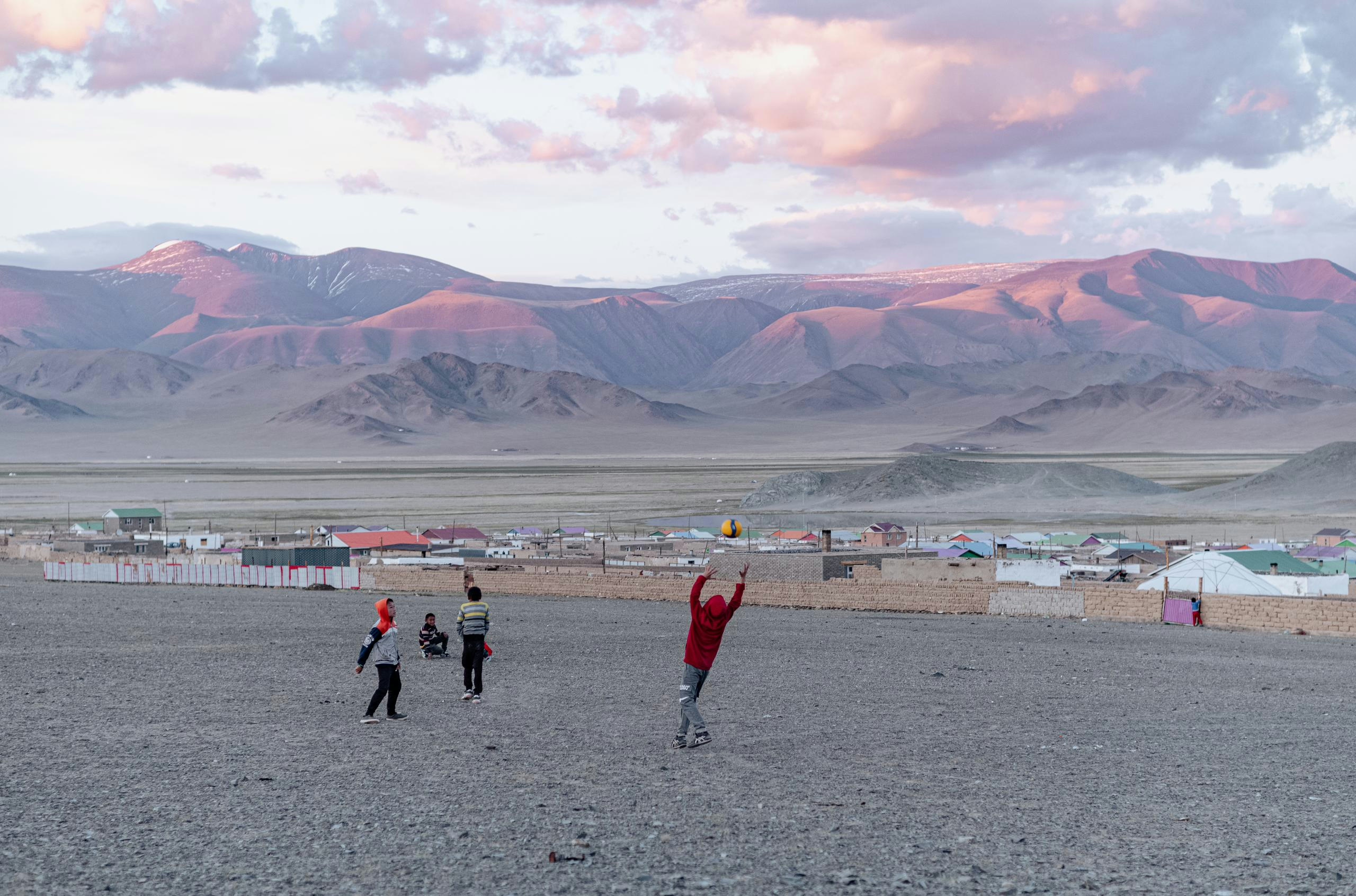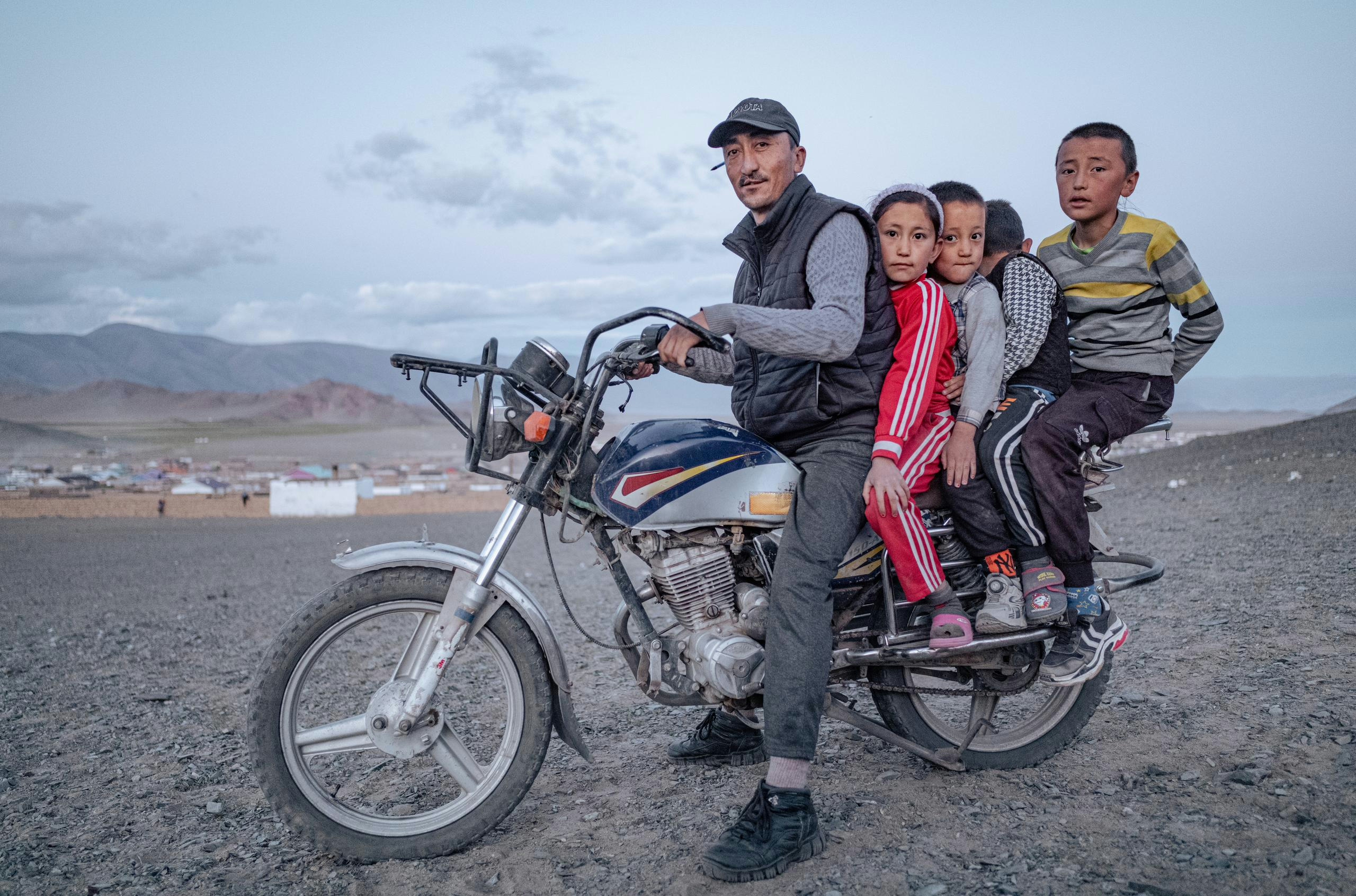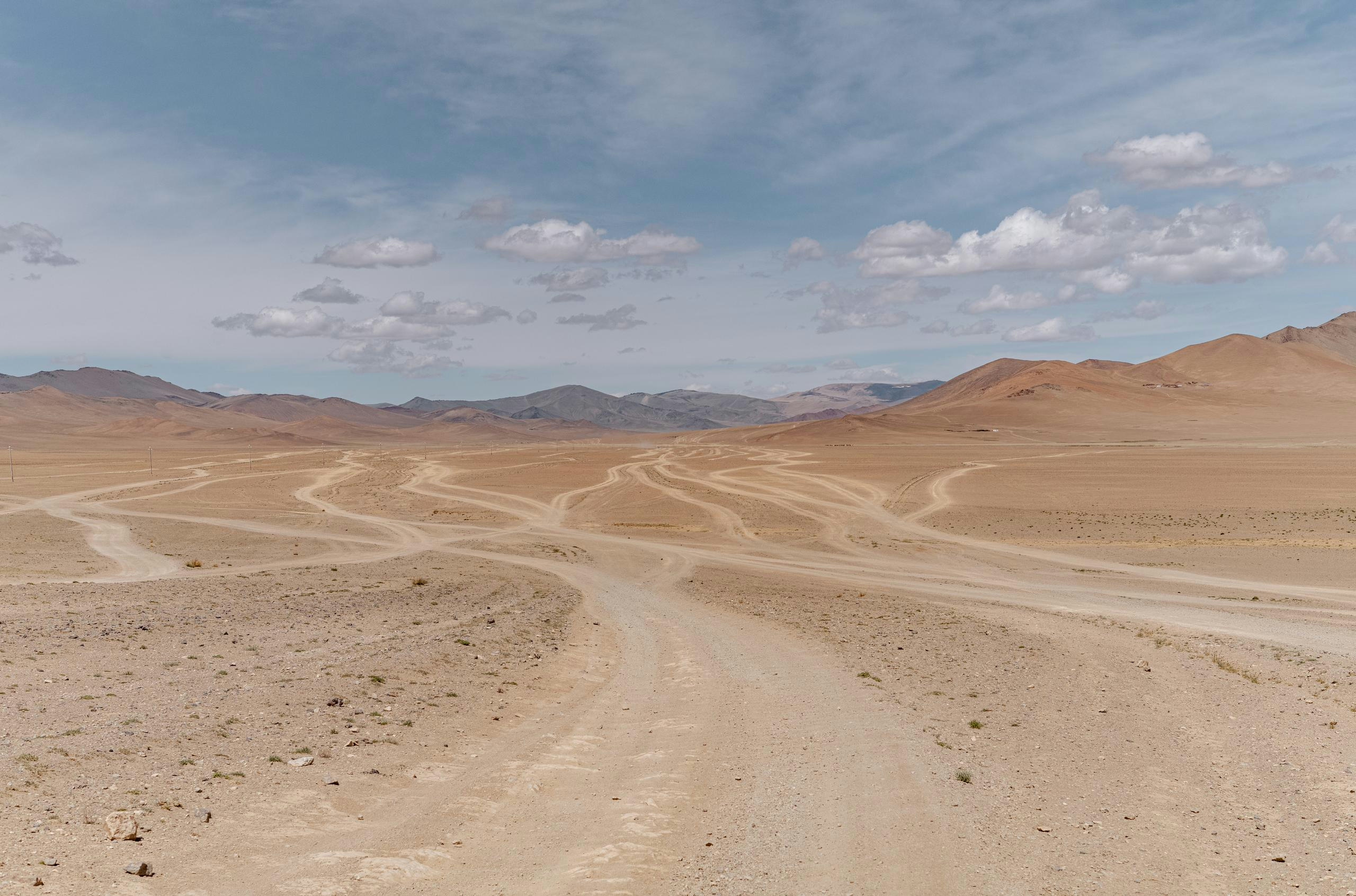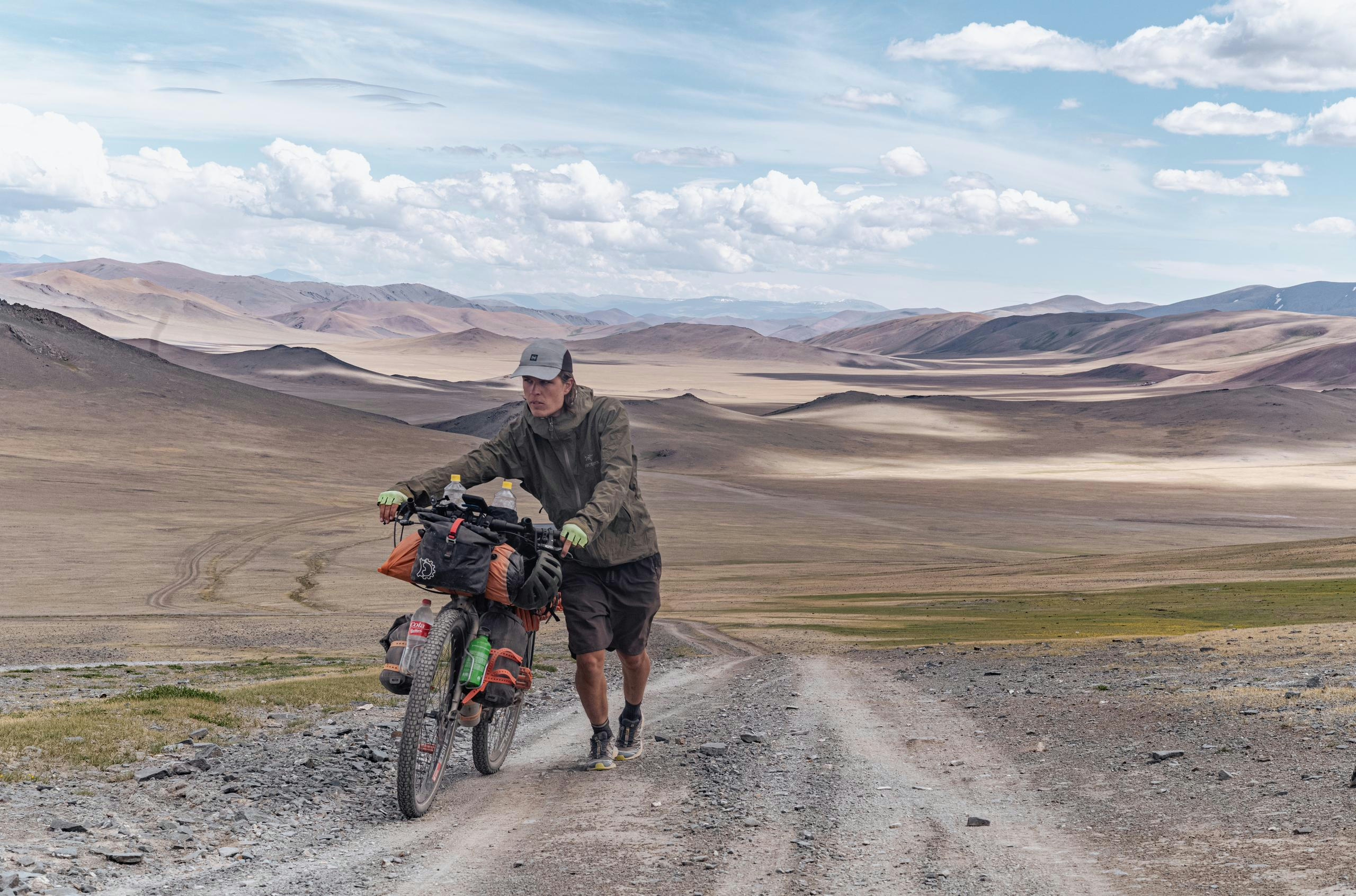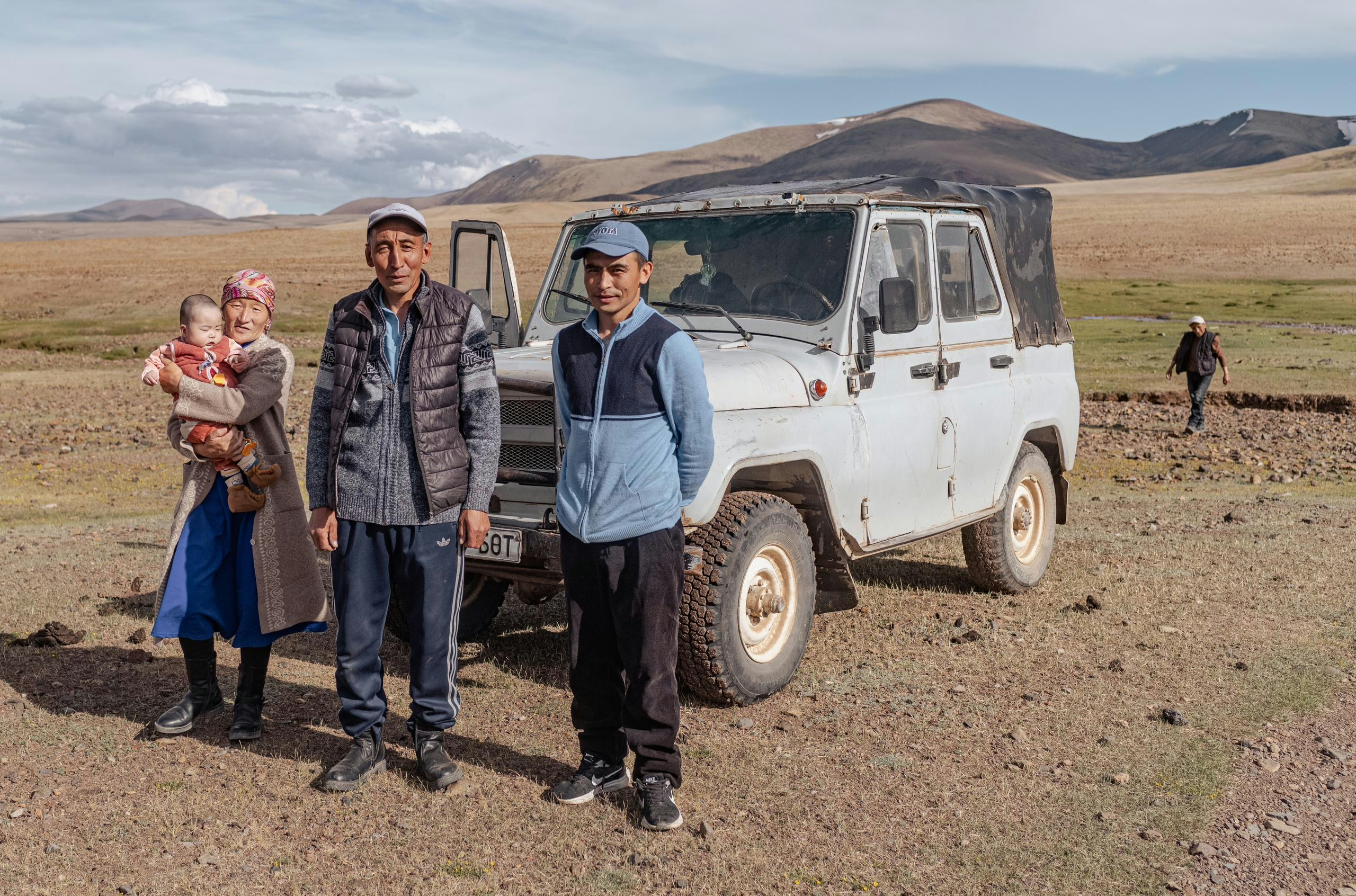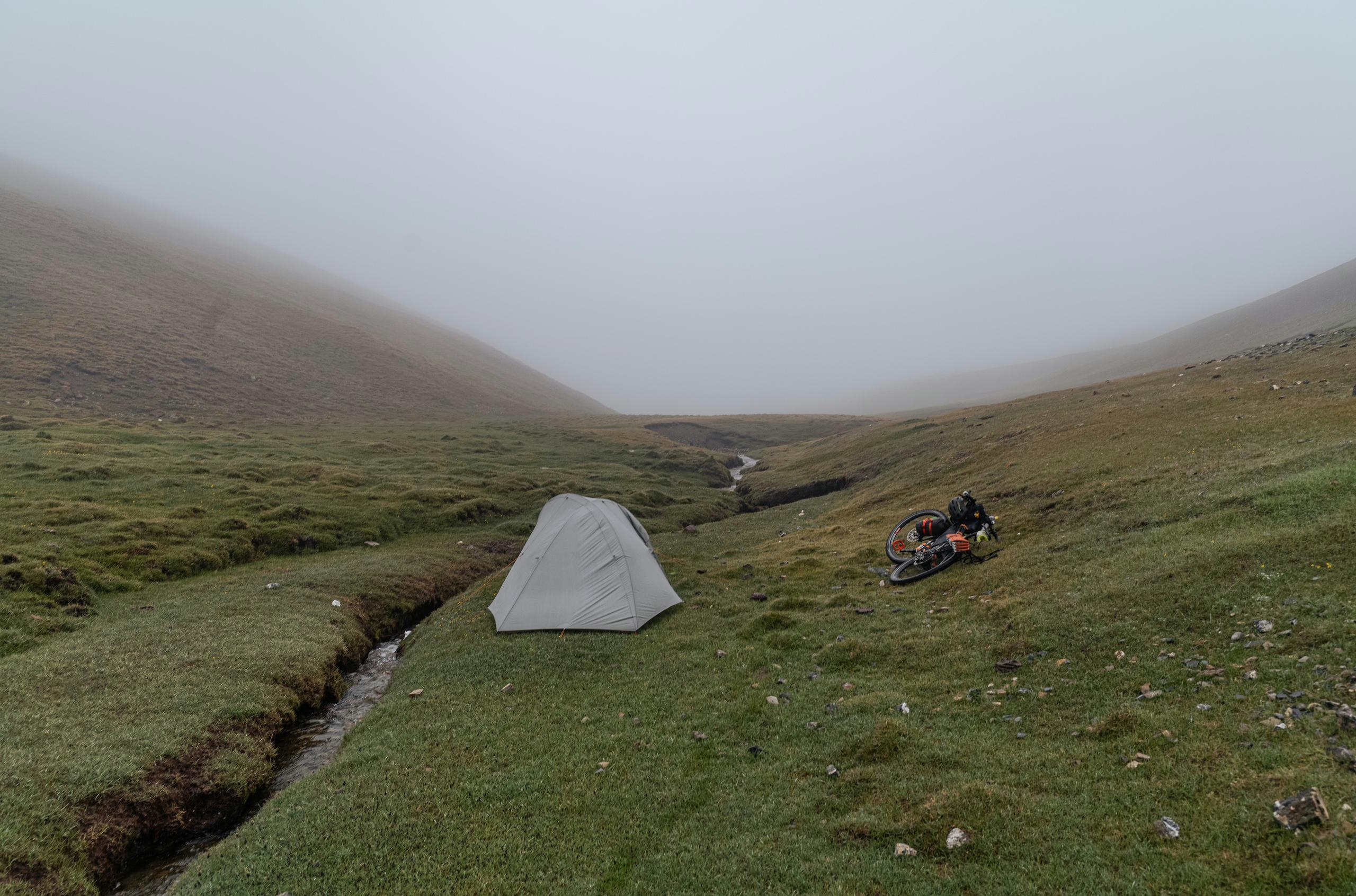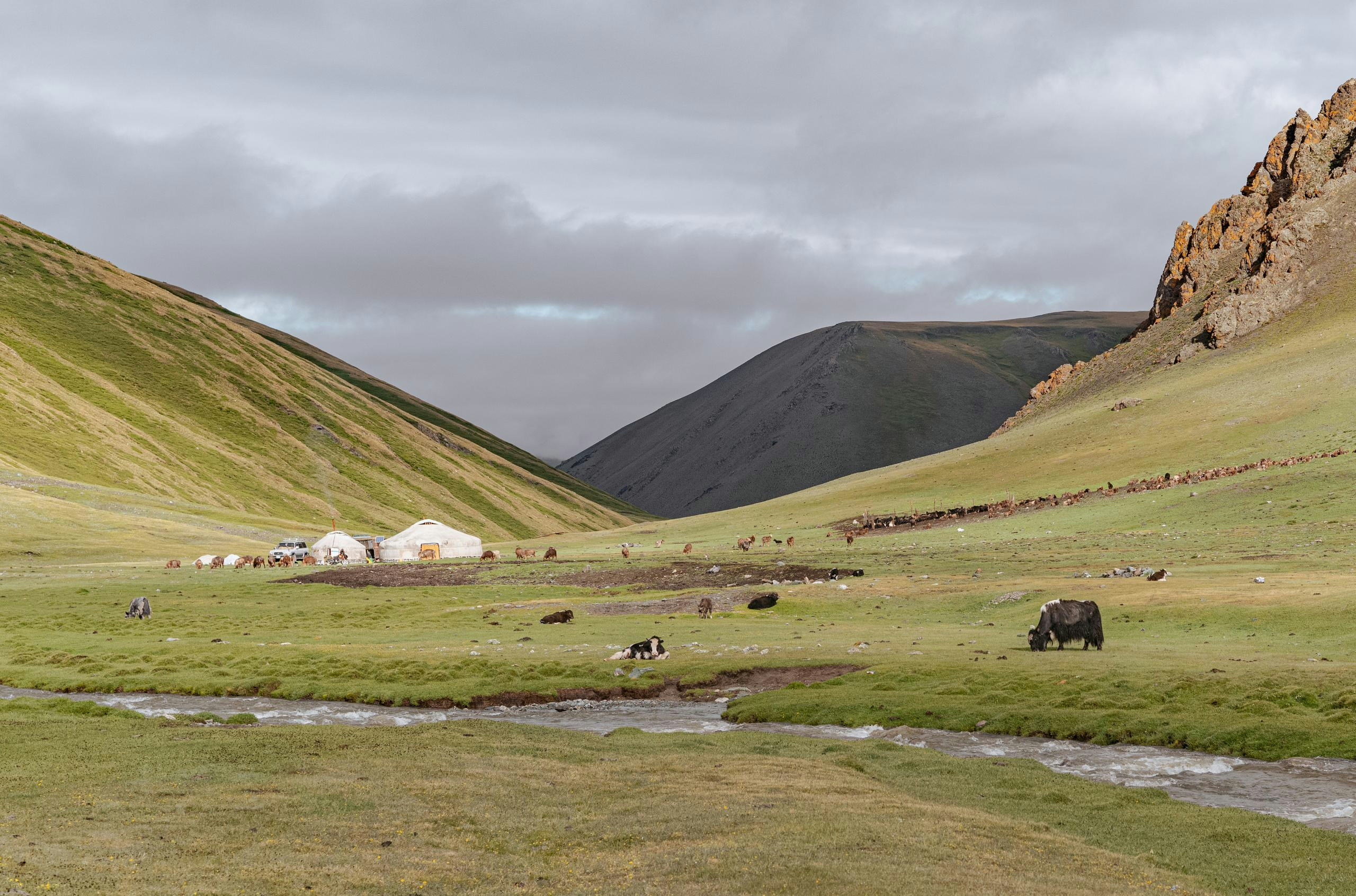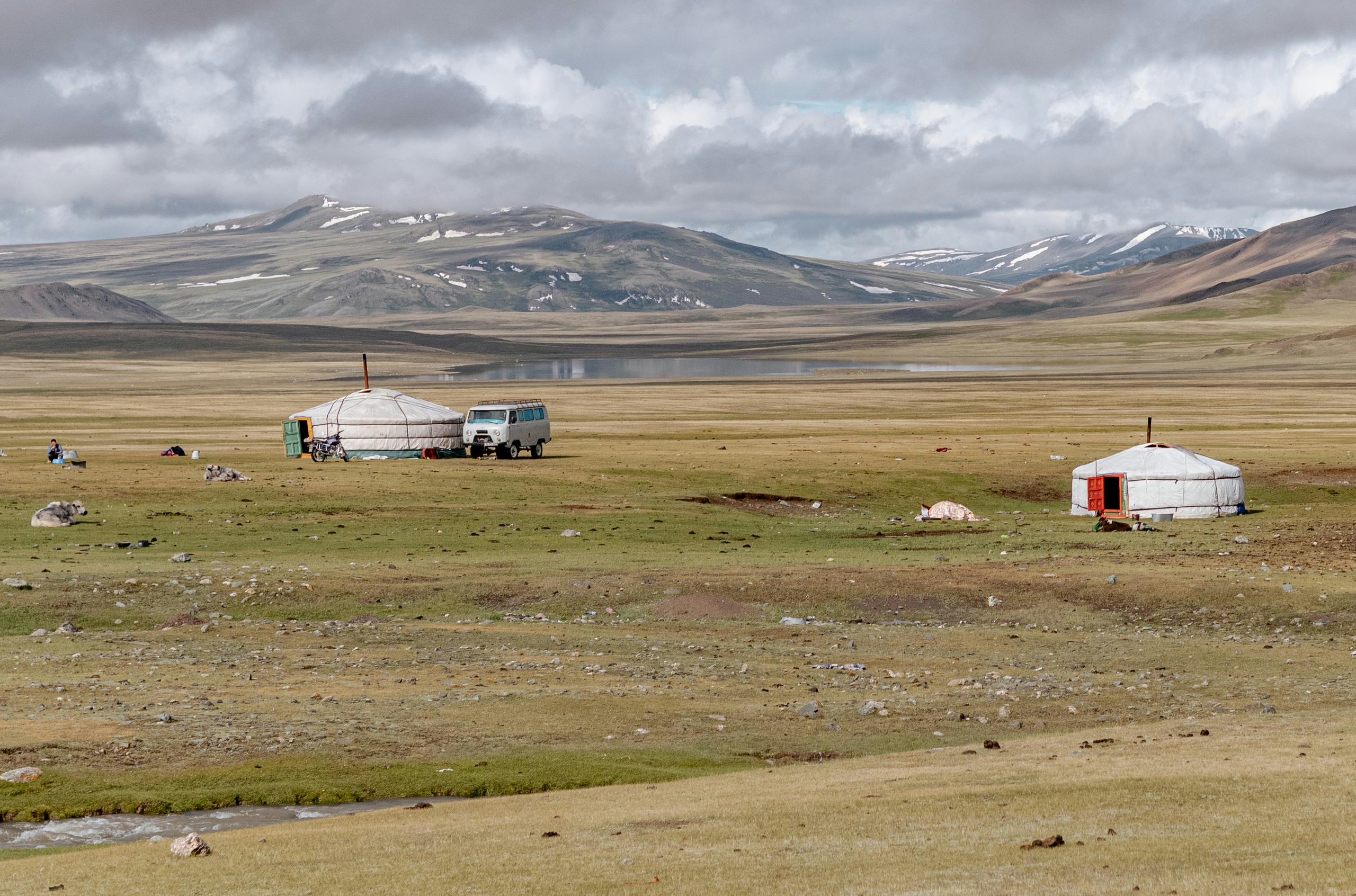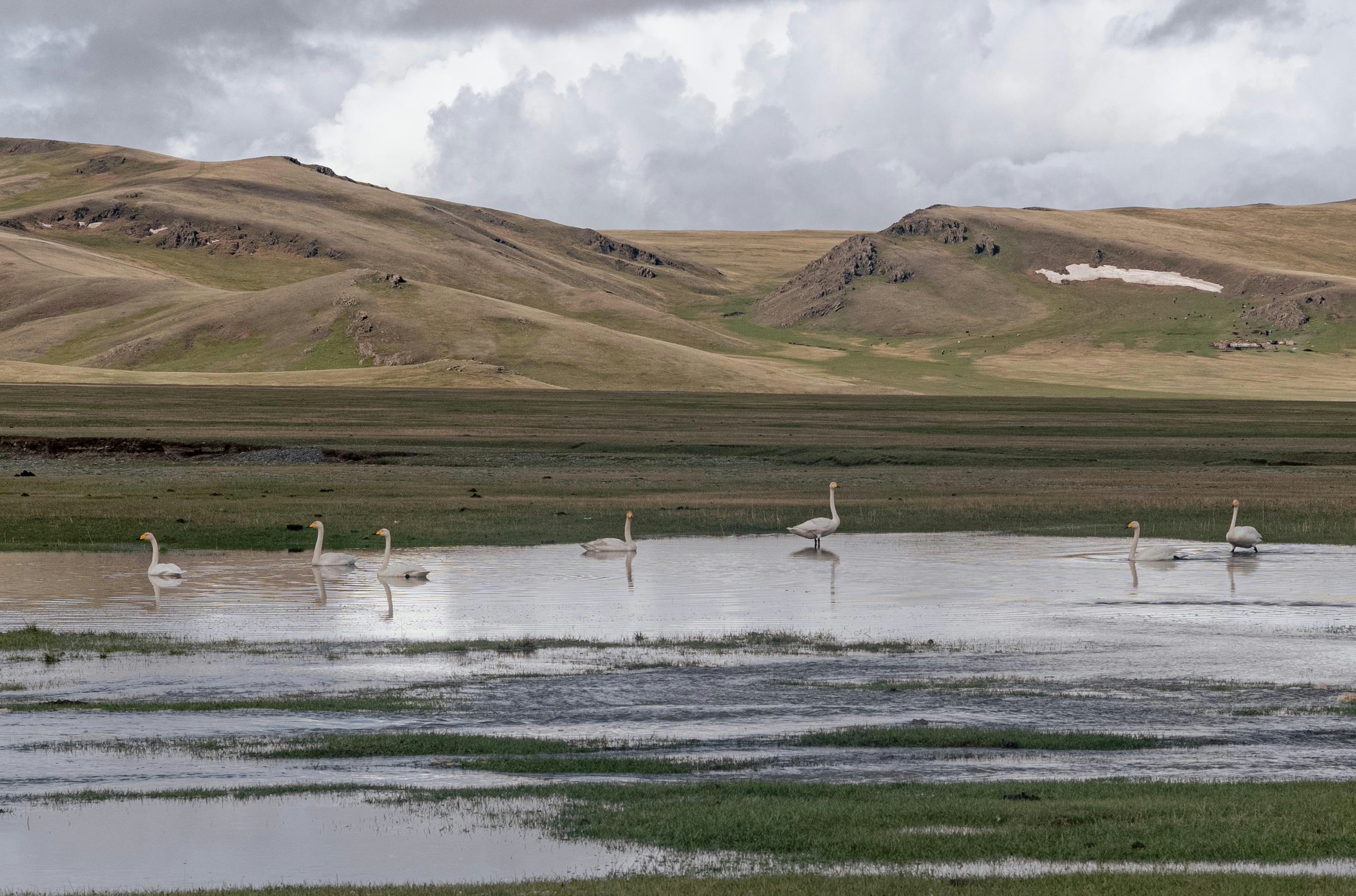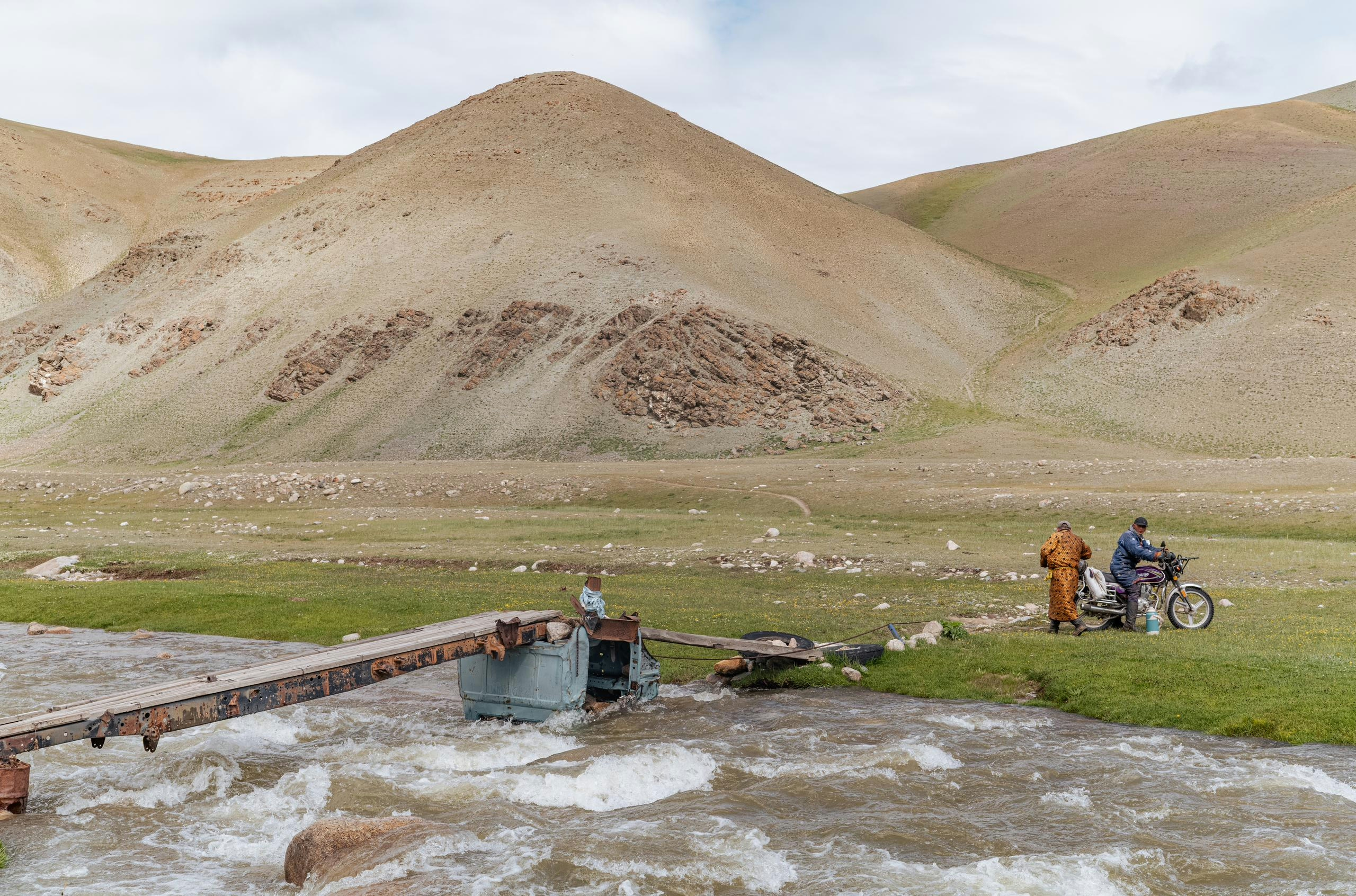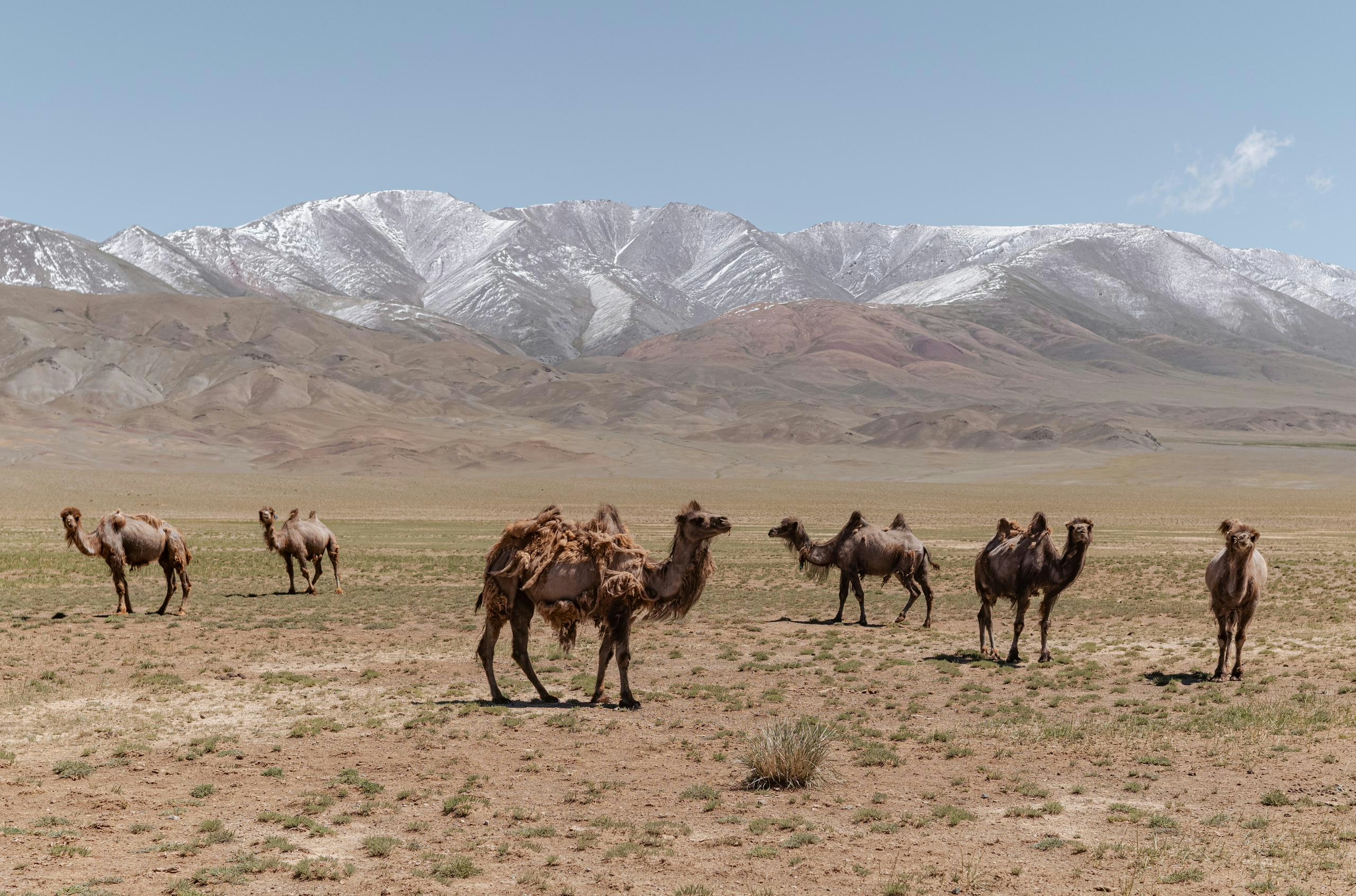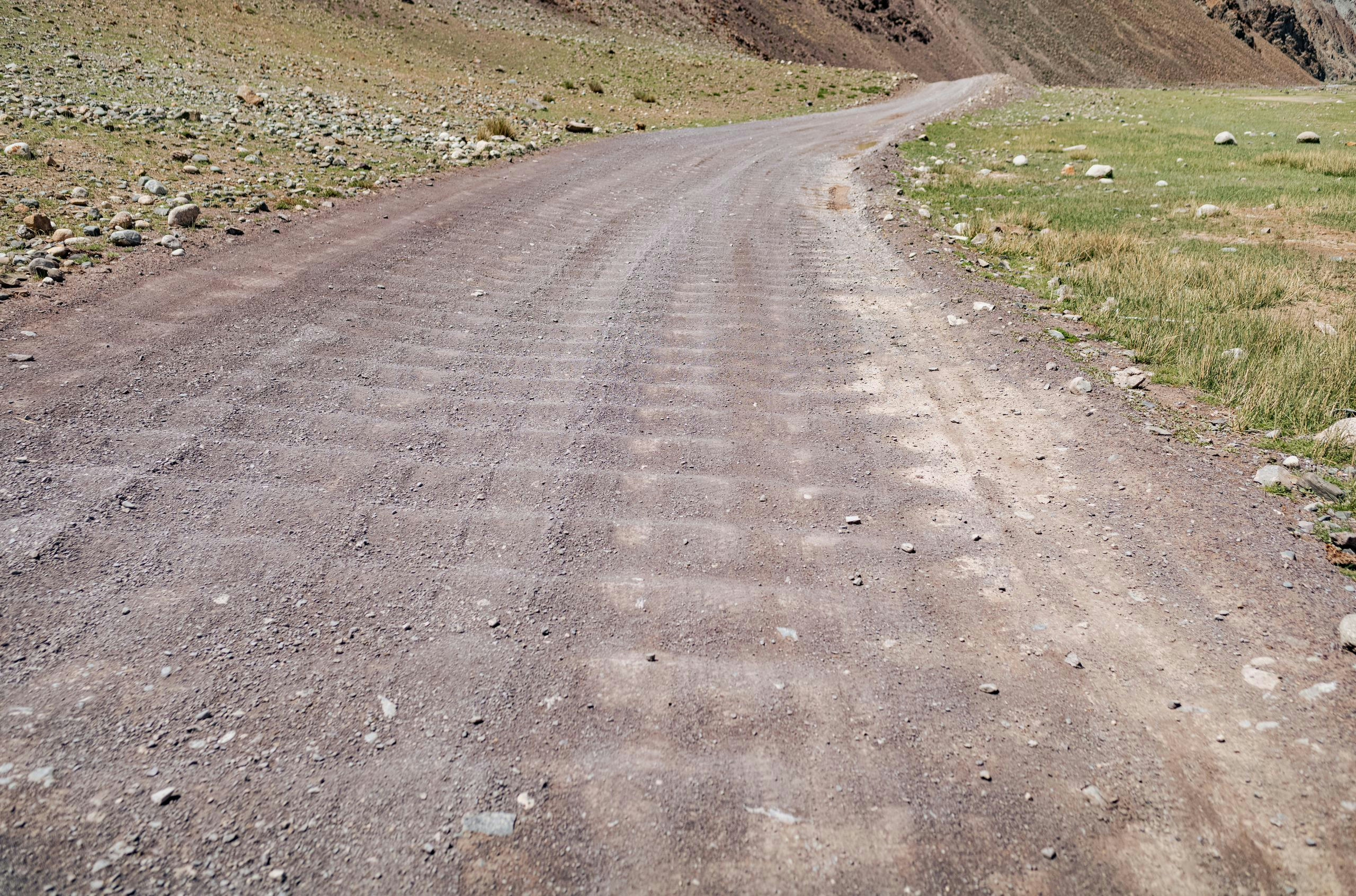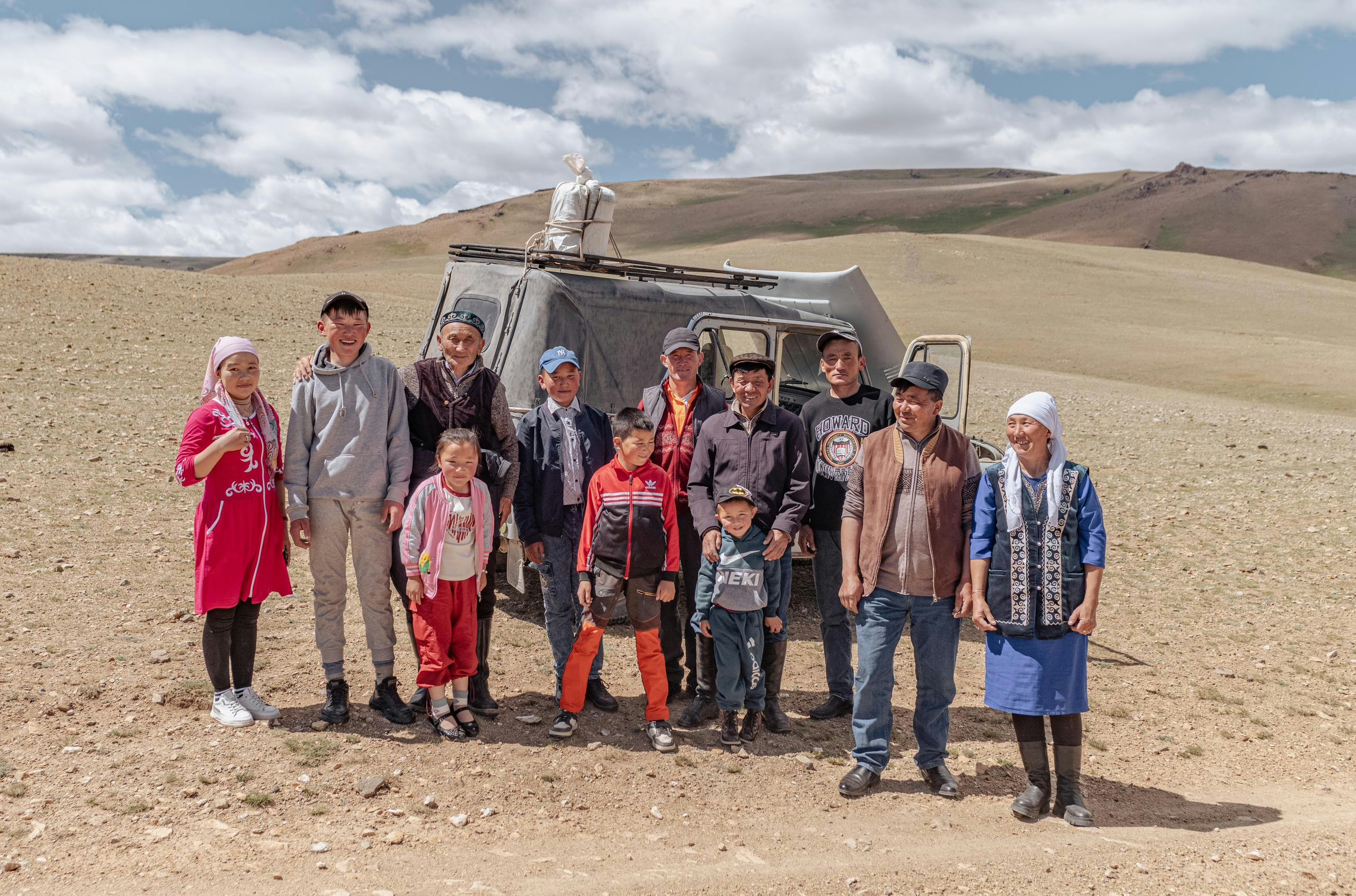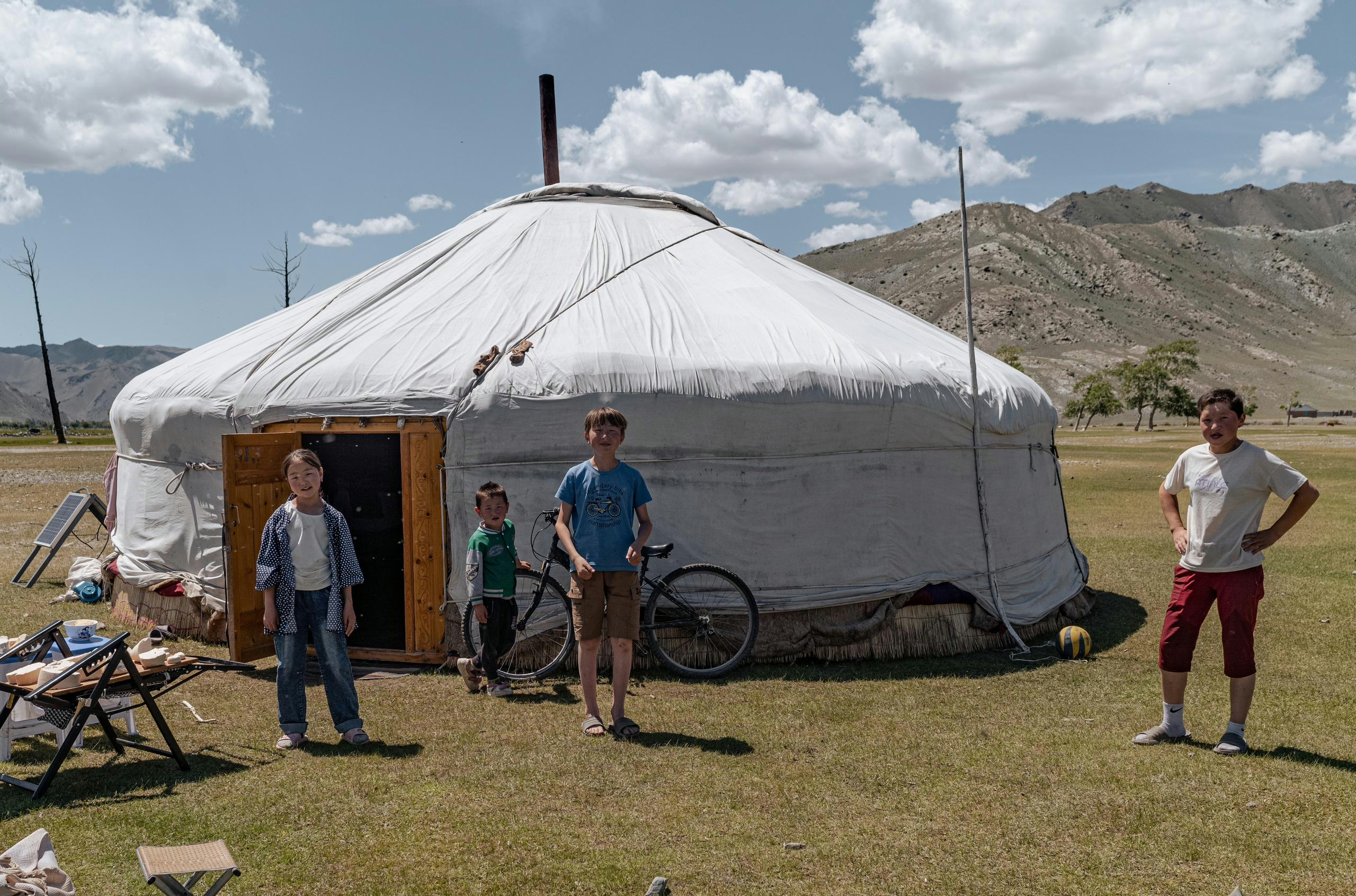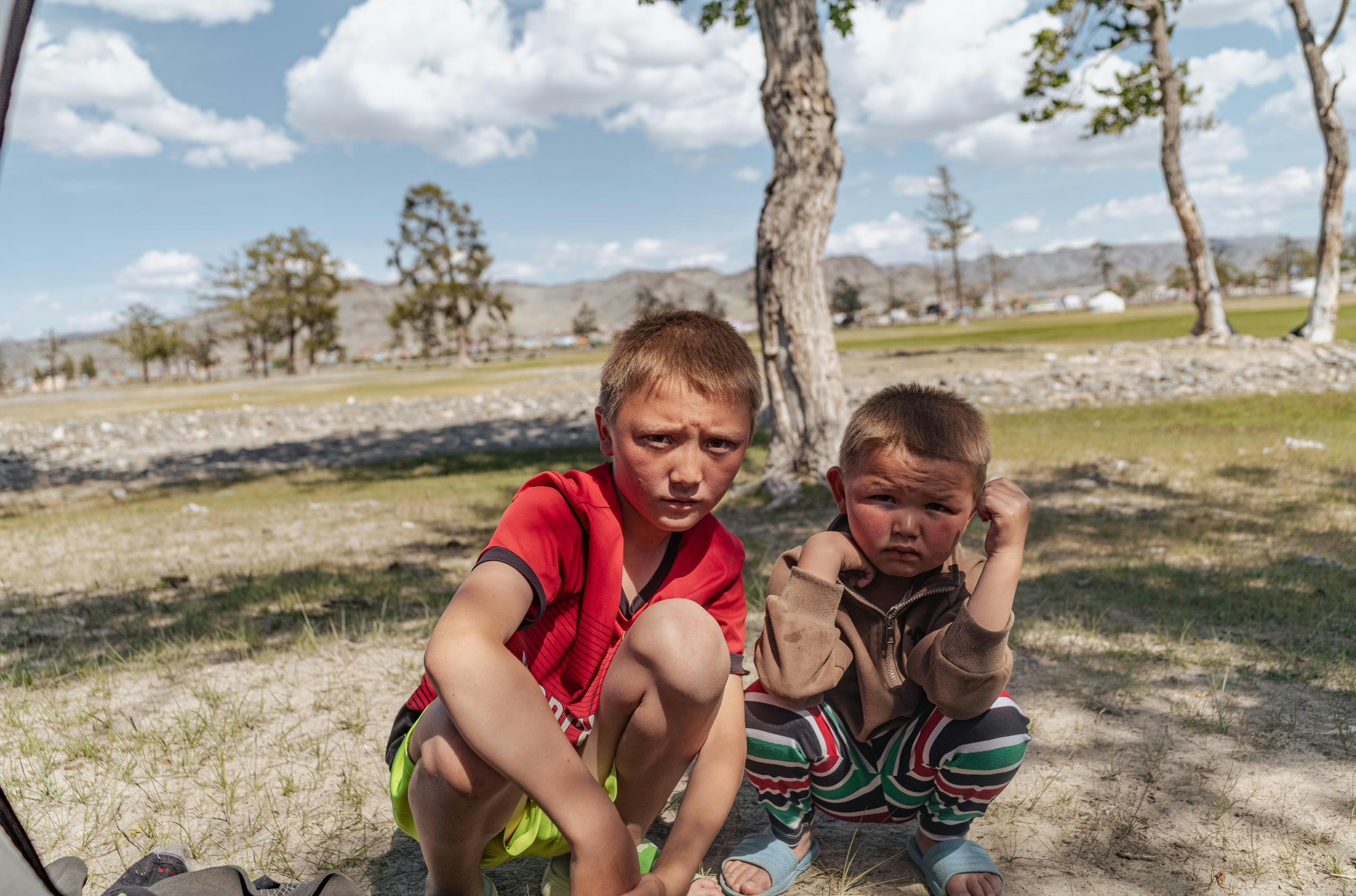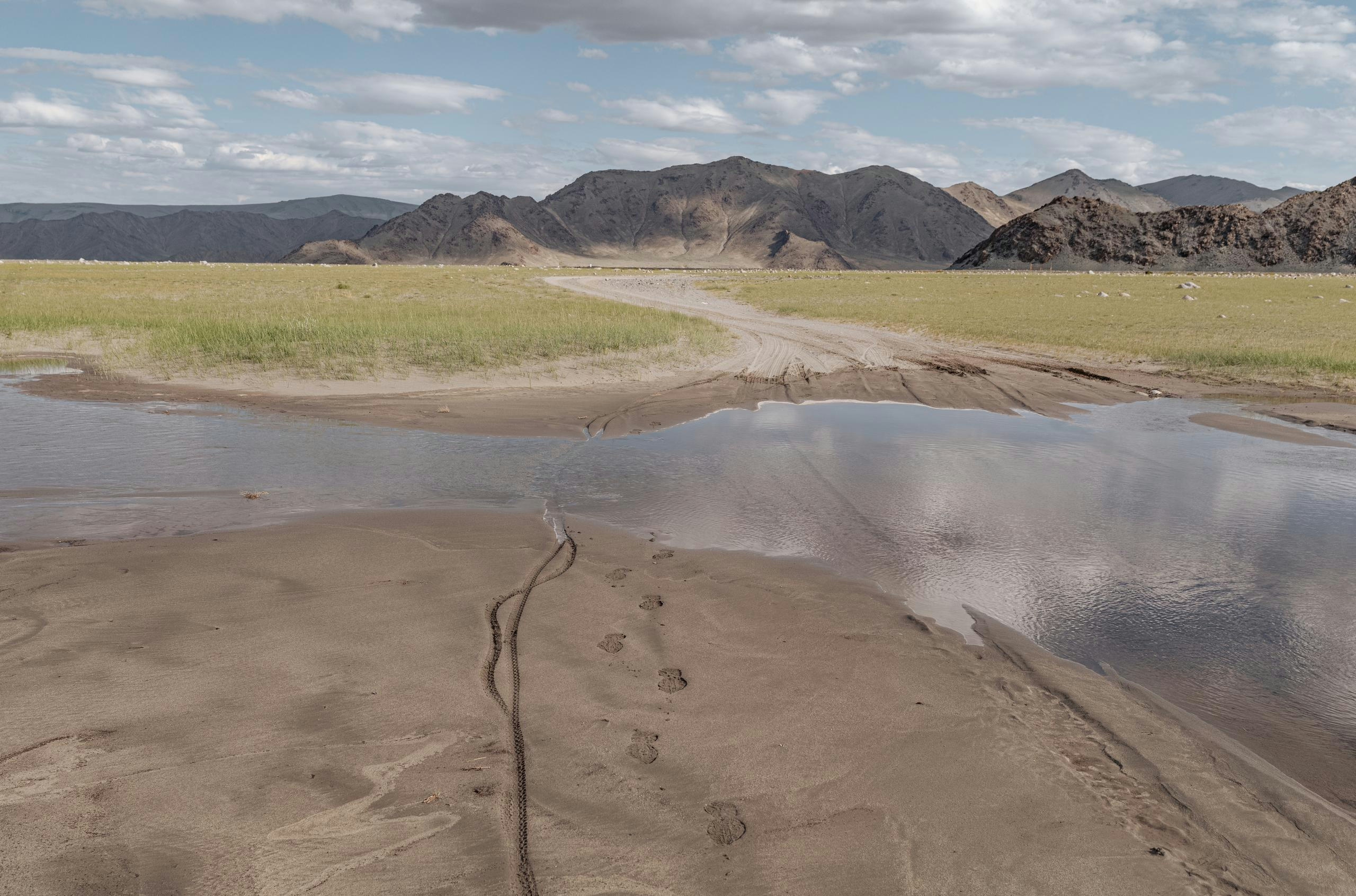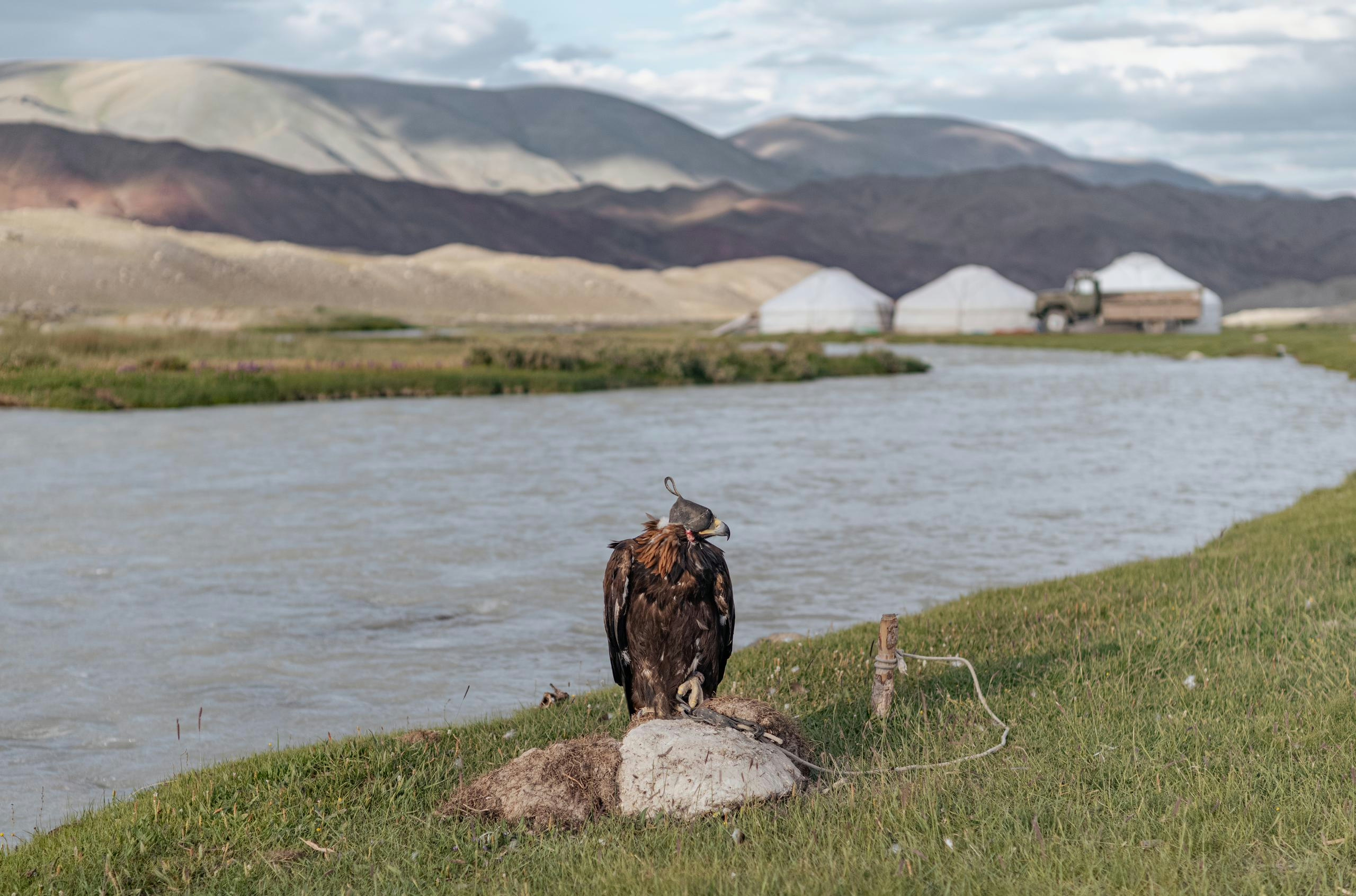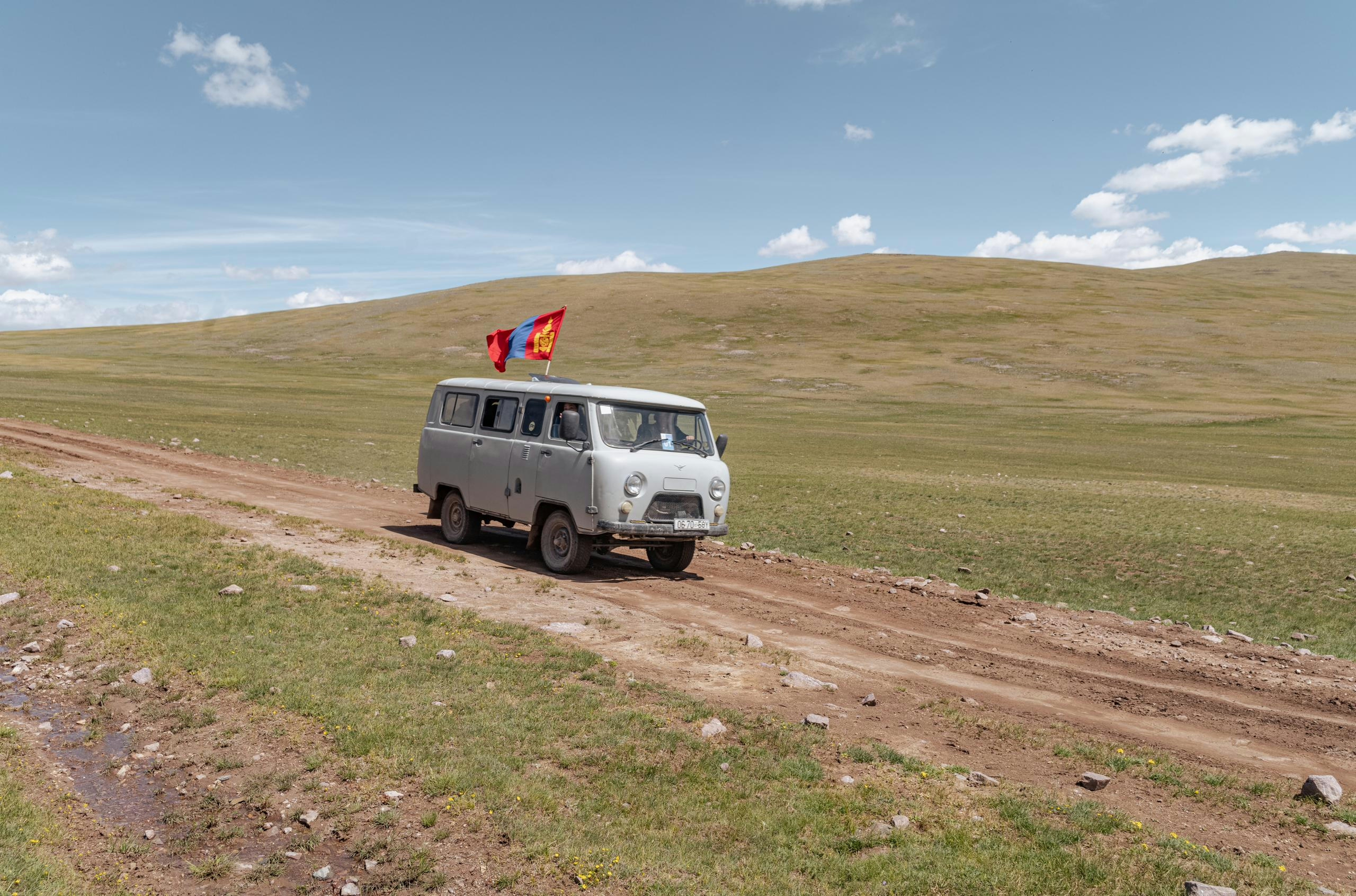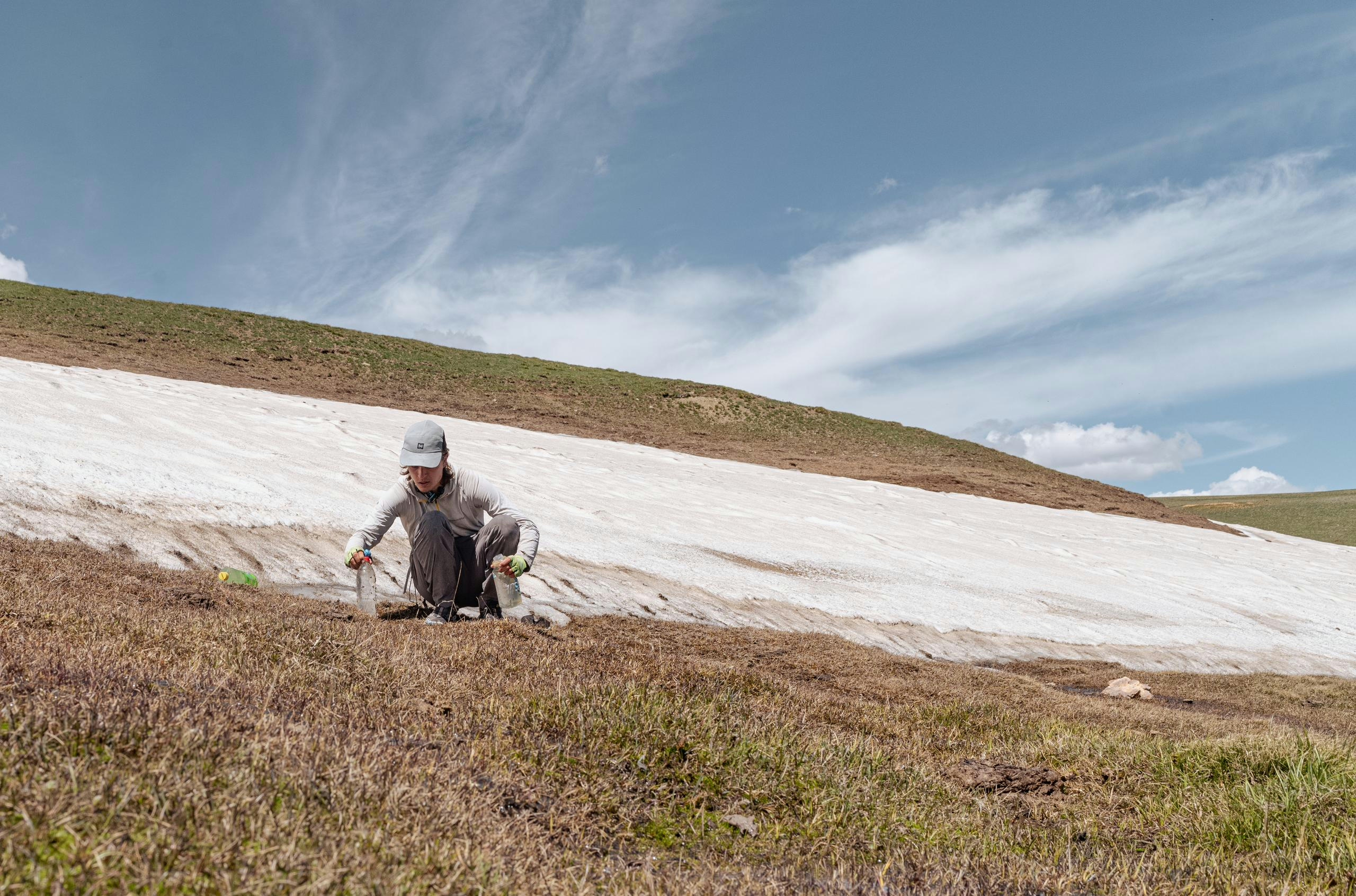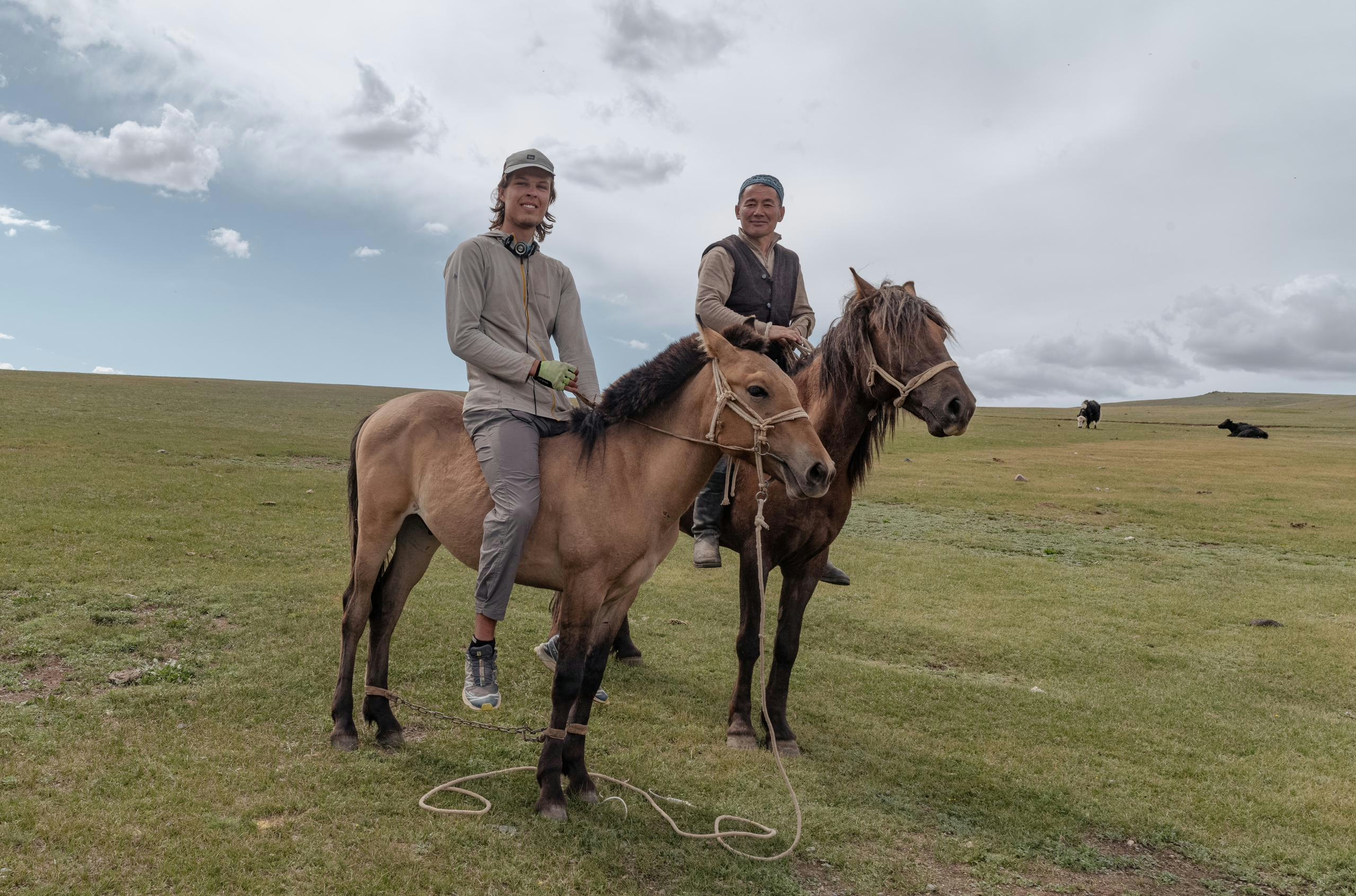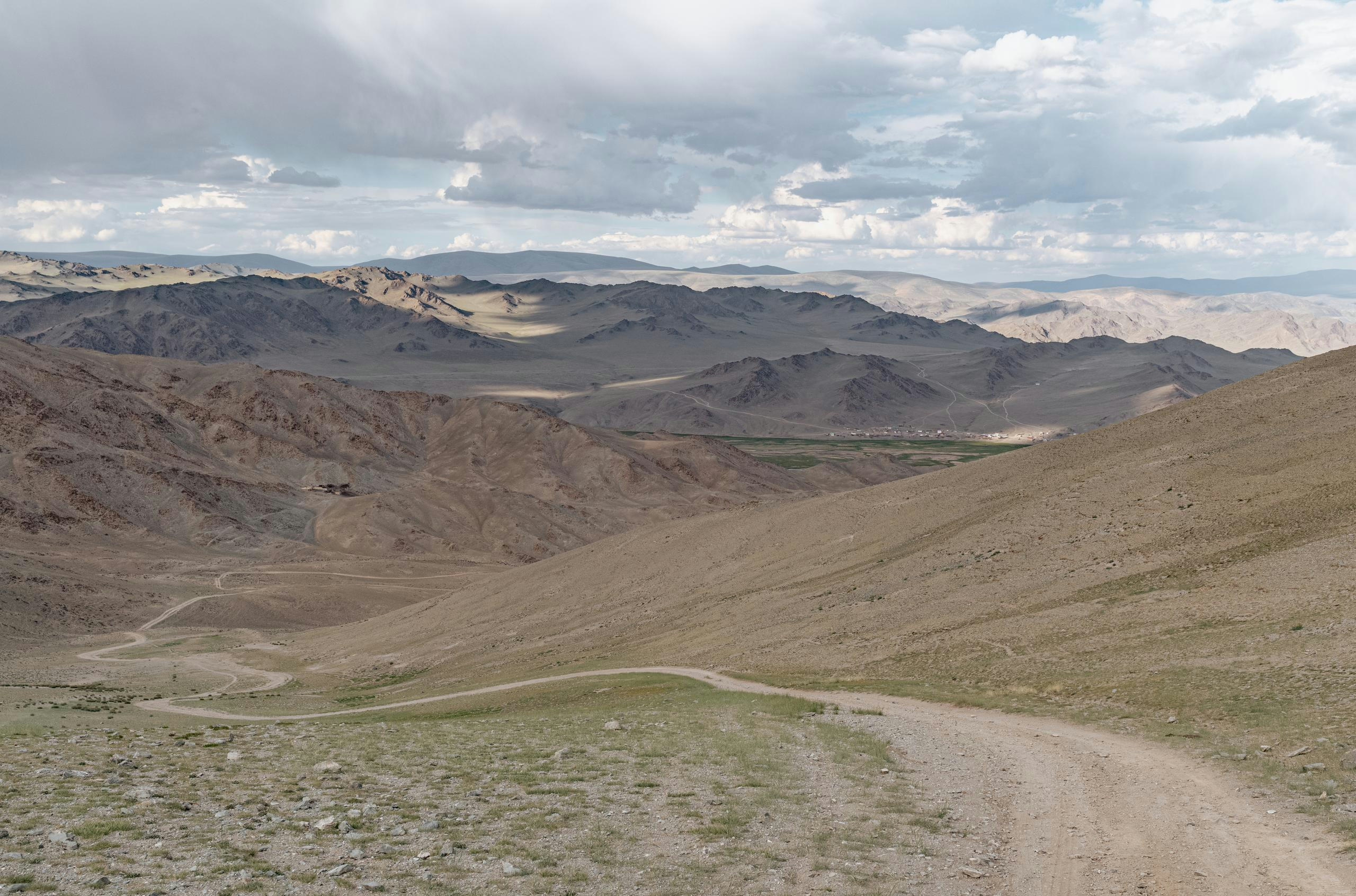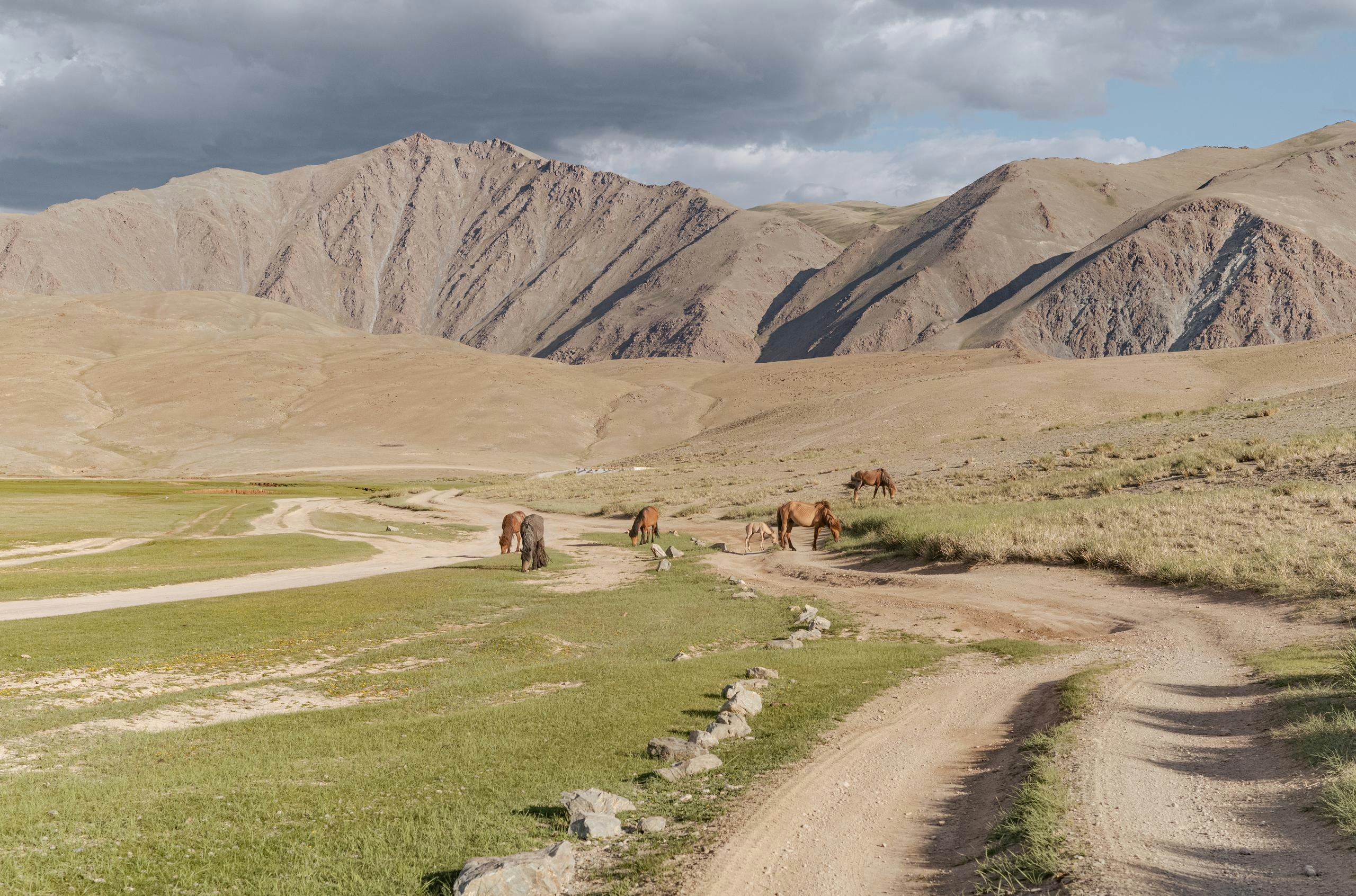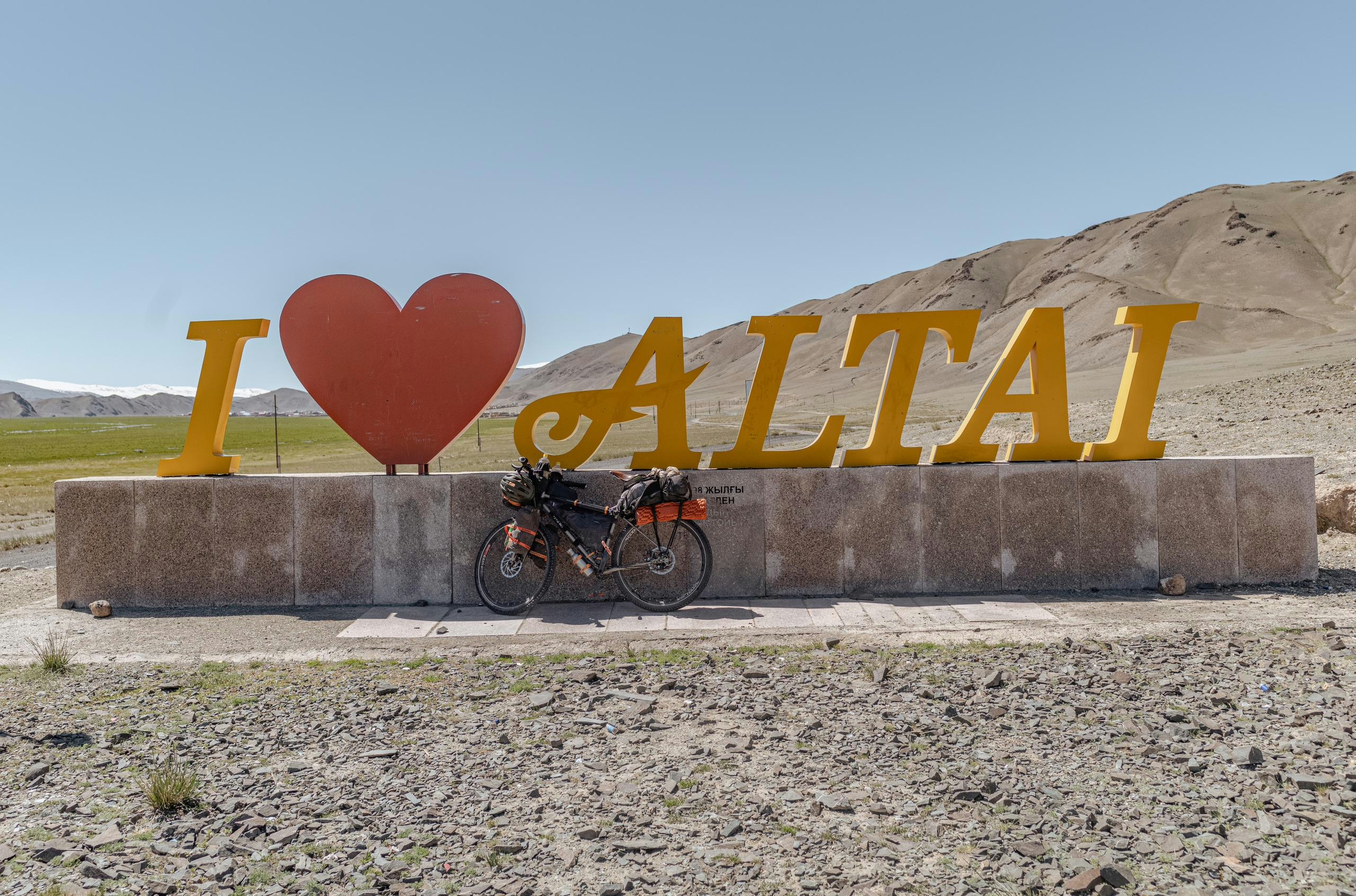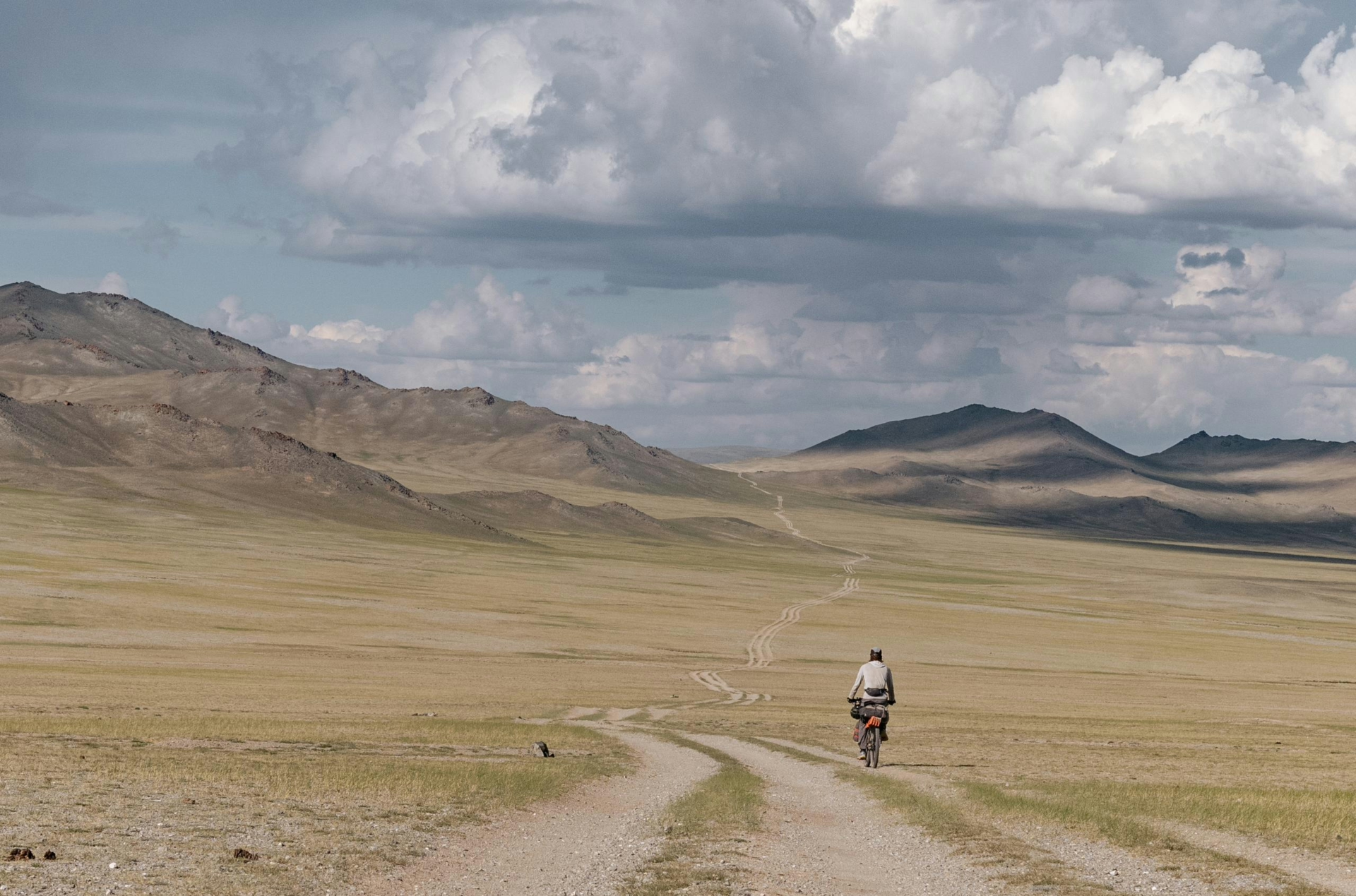
Welcome to the least densely populated country in the world. It was no surprise that crossing from China into Mongolia was like stepping back in time a couple of years – although it has its benefits. No more constant police checks, no surveillance cameras every few meters, and surprisingly much better grocery stores. Finding nutritious food in Chinese stores was surprisingly difficult.
I crossed into the country in the West, near a city called Bulgan. After stocking up on food and getting a SIM card, I started cycling towards the town Bulgan, following along the river Bulgan. Yes, Mongolians like reusing the same names for multiple cities all over the country.
As expected, the road quality can’t be compared to China – in fact, only 20% of roads in Mongolia are paved. For me, this makes it much more enjoyable, as I would only come across a handful of cars a day. Mostly 4WDs, as the “roads” are often just tracks going cross-country, and in this region the ground can be very sandy, which meant I had to push my bike every now and then. The landscape made up for it though, untouched nature, clear rivers and perfect camping spots everywhere.
After following the Bulgan river northwards for a while, I eventually reached the Altai mountain range, situated in far Western Mongolia and spanning across the border with China, Russia and Kazakhstan. I enjoyed the solitude in this remote part of the country, as well as the milder climate thanks to the higher elevation.
But this remoteness has its quirks, mainly the never-ending washboard tracks, river crossings and steep passes above 3000m which often required me to push my bike because it was loaded with food for multiple days, or because I was facing blasting headwinds.
Camping won’t ever be an issue in Mongolia, as long as you manage to avoid the early-summer thunderstorms in the evening, which even turned into a snowstorm one night.
Despite these challenges Mongolia was slowly becoming a favourite for me…
Making my way through the Altai Mountains in Western Mongolia I had a minor mishap – in one of the many river crossings I slipped onto a sharp rock and got a pretty nasty cut in my foot. The first injury on this trip, and one that made me rethink my choice of travelling without a first aid kit.
Luckily I was close to a village with a pharmacy where I could buy the necessities. Regardless, I decided to stay and camp in the village for a few days to make sure the wound won’t get infected. Lesson learned, from now I will keep my shoes on if I can’t see the ground when crossing rivers. Carrying sandals would also be an option.
Being a foreigner, and a cyclist on top of that, it wouldn’t take long to be noticed among the locals and I would have constantly have people, mostly kids, who have no idea about the concept of privacy show up at my tent door, zipping it open and asking questions, joking around or just staring at me. But I enjoyed observing the everyday life of the villagers, at sunrise the men would herd their livestock up to the pastures, returning at sunset, while the women are either housewives or are working as teachers, nurses or shopkeepers.
The majority of the people in this region of Mongolia are ethnic Kazakhs, and interestingly enough, it is the best place to visit if you want to indulge yourself into Kazakh culture and traditions, because unlike in modern-day Kazakhstan, they avoided the Soviet policies here in Mongolia. Like with many nomadic groups, shamanism is a big part of beliefs, similar to the mostly Buddhist Mongols, but the Kazakhs combine it with moderate Islam. Despite their cultural differences they seem to get along nicely.
After days of being fed fermented horse milk (Airag), and jaw-breaking hard cheese, my foot was doing better and I was ready to continue cycling, and after 700km on rough dirt roads I finally reached Bayan-Ölgii, with a population of 100.000 people the biggest city in Western Mongolia. Unfortunately I had to take another break here, thanks to a Sinus infection, but at least it didn’t happen in the middle of nowhere.
I recovered just in time for the yearly Naadam, Mongolia’s biggest traditional festival. However, Bayan-Ölgii is also mostly inhabited by ethnic Kazakhs, who don’t engage in the celebrations as much as the Mongolians. This lead me to hop back onto my bike and cycle towards Khovd, the next ‘big’ city a mere 230km away which I would have to reach in two days. Luckily the connecting road had been paved a few years ago which made for an exciting change. Even better, on the second day, I stumbled upon the Naadam horse racing event which is held somewhere in the steppe, and difficult to find information about. Horse racing is one of the “Three games of men” celebrated during Naadam, with wrestling and archery being the other two, which are held in a stadium. After watching a few rounds of men and kids racing their horses in a loop marked by cars as waypoints, I continued my ride towards Khovd, where I stayed in a hostel.
The next morning I made my way to the stadium, which was quite crowded and chaotic. After the opening ceremony with singing and dancing kids in colourful traditional dresses, I wandered around the venue, spectating the wrestling and archery competitions, in the latter women were also participating, and I was impressed by their accuracy.
To my surprise the whole event felt a bit like a state fair, with many families just enjoying the food stalls and mini-games for the children. I thoroughly enjoyed the show nonetheless, especially after cycling through the remote countryside for weeks.
After the festivities had ended, I took a bus towards Central Mongolia, where I cycled the Khanghai Mountains Traverse bikepacking route. Afterwards I headed to Ulaanbaatar, the capital, to apply for a Chinese visa for my upcoming adventure: Cycling the Tibetan Plateau.
